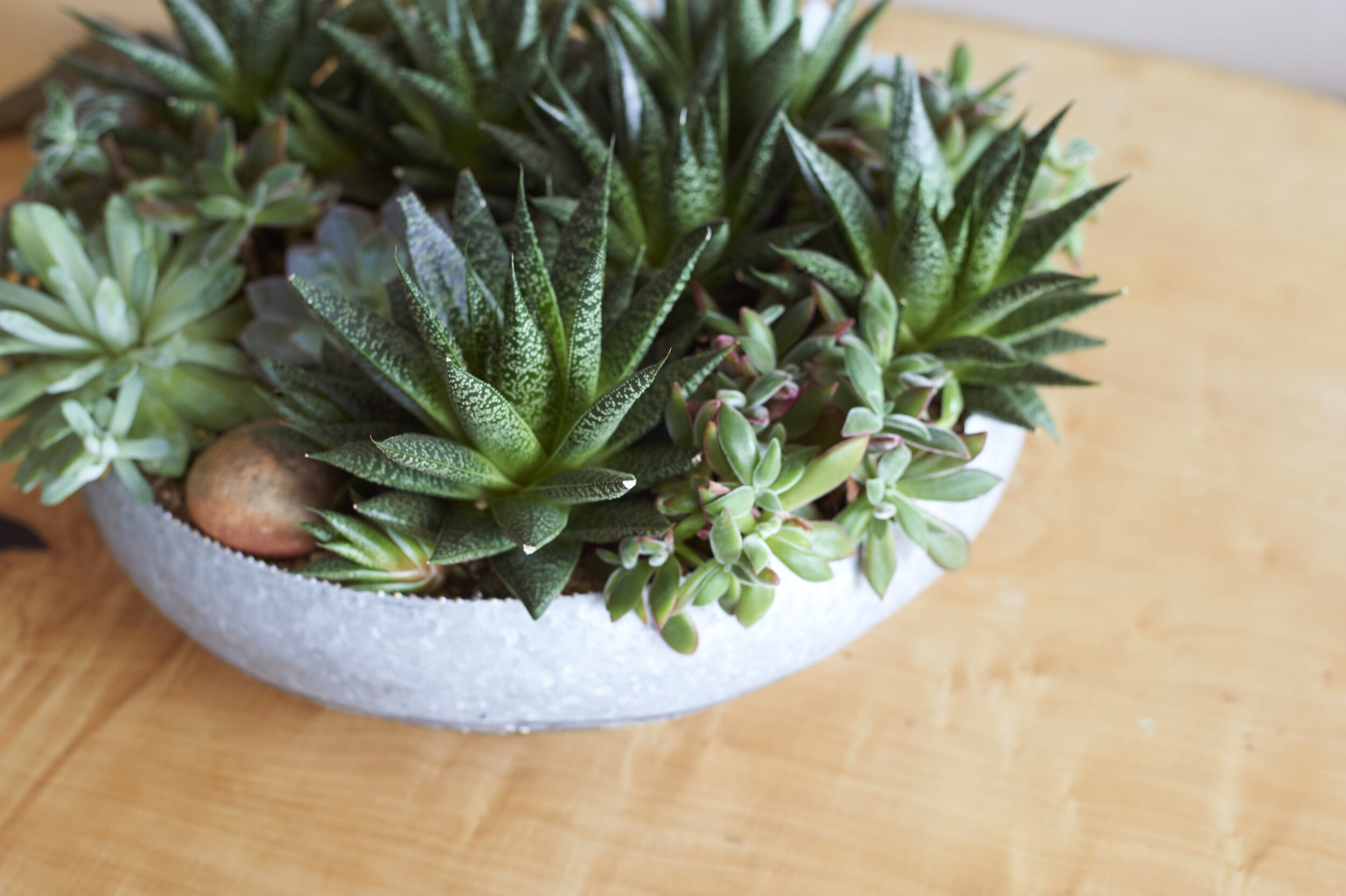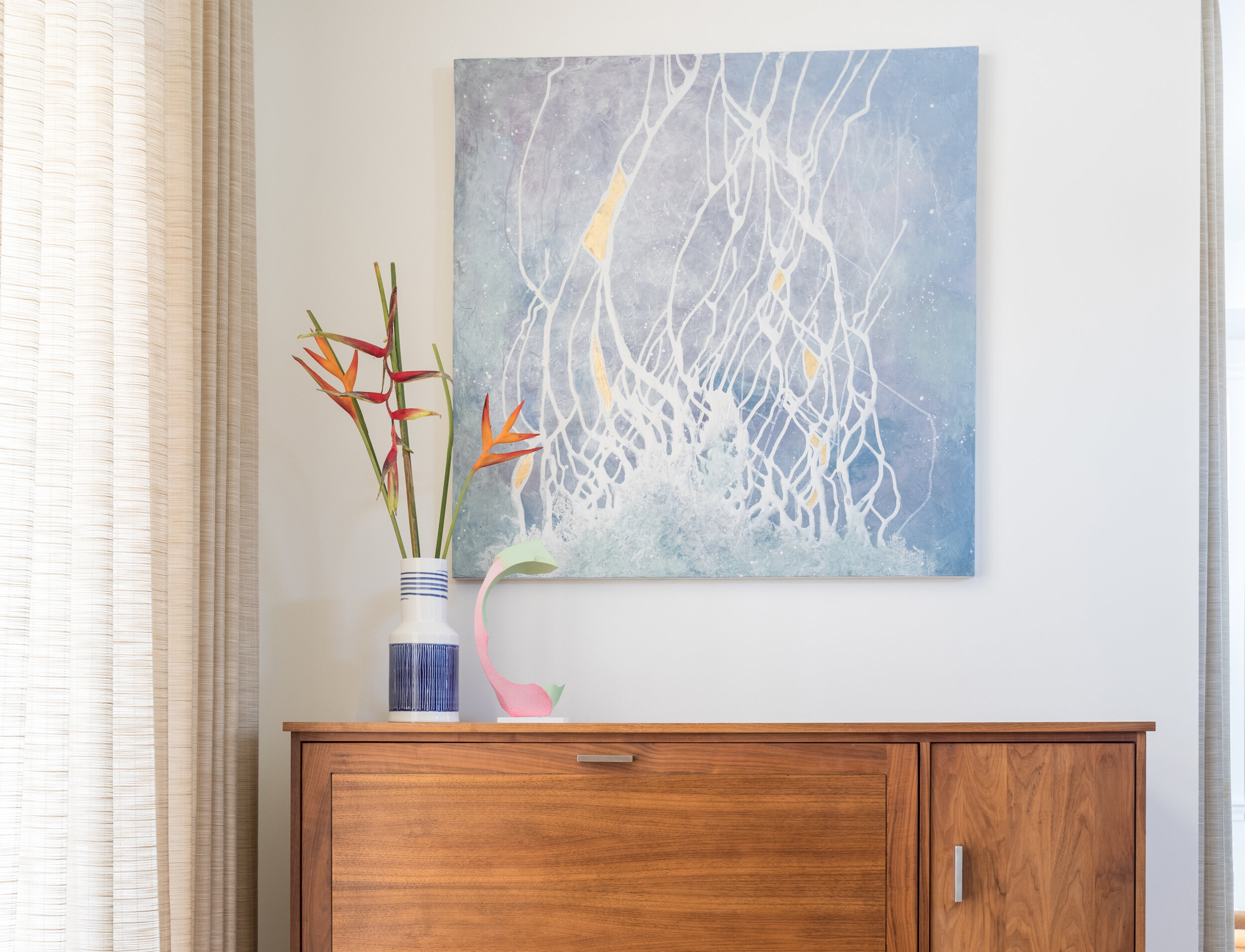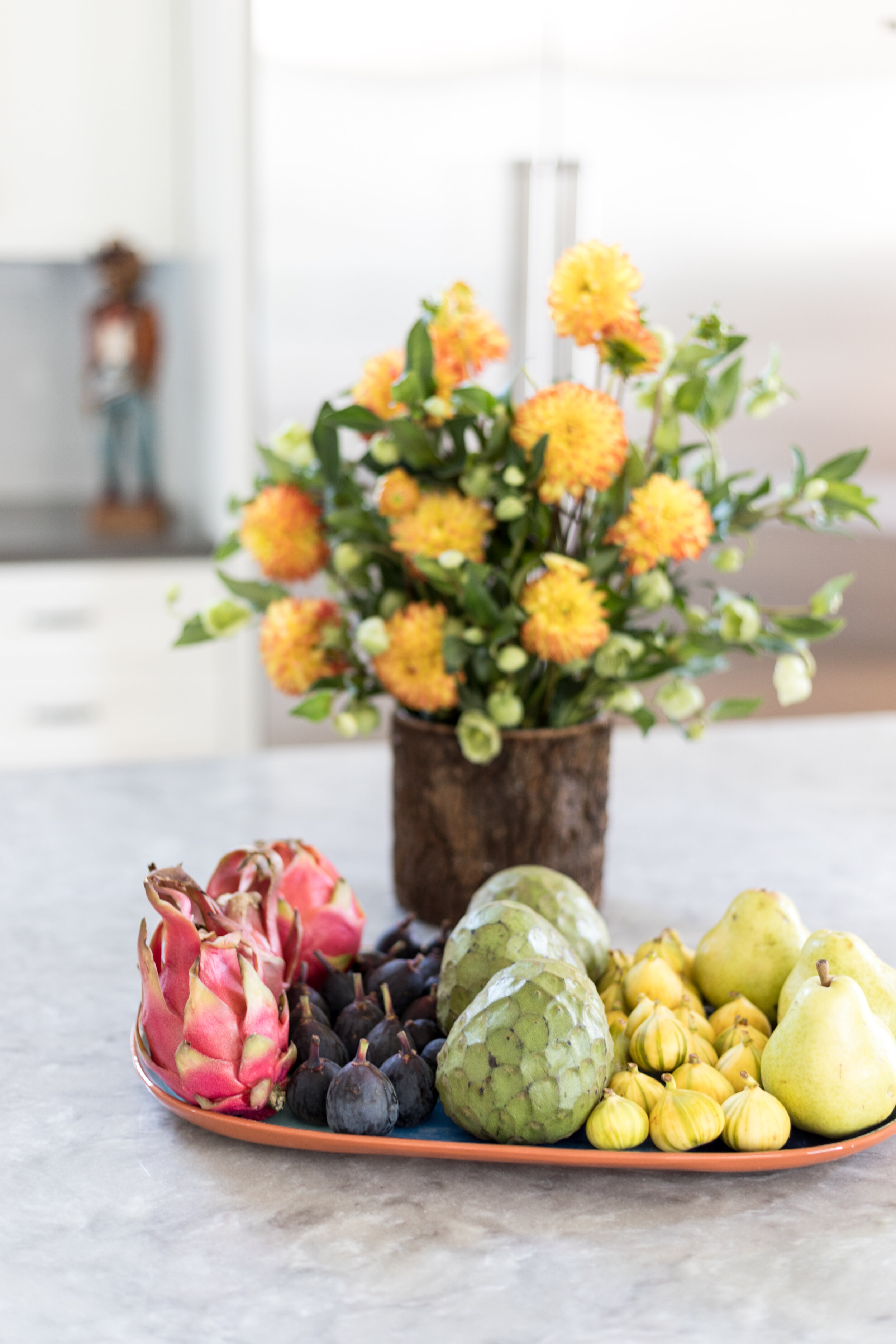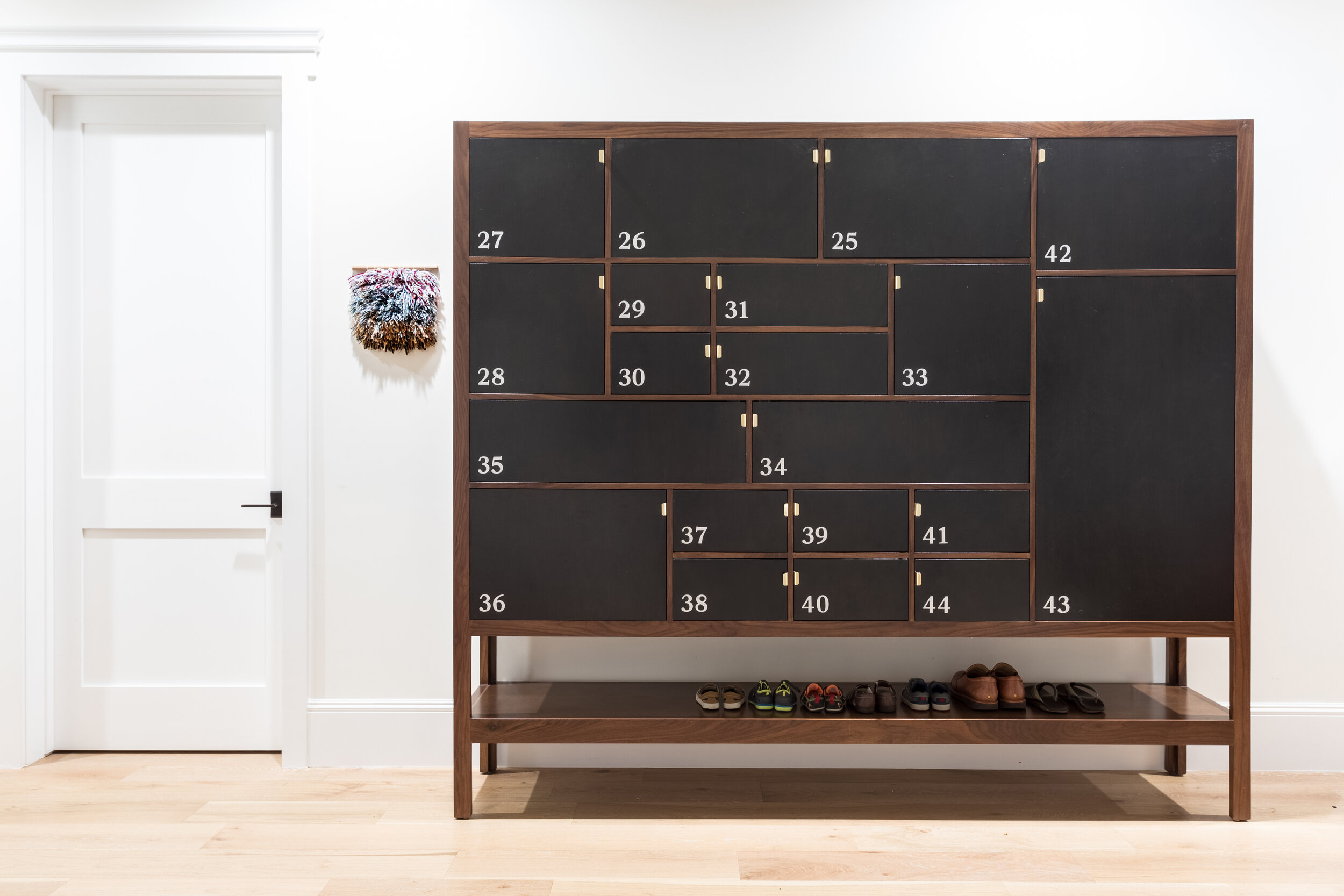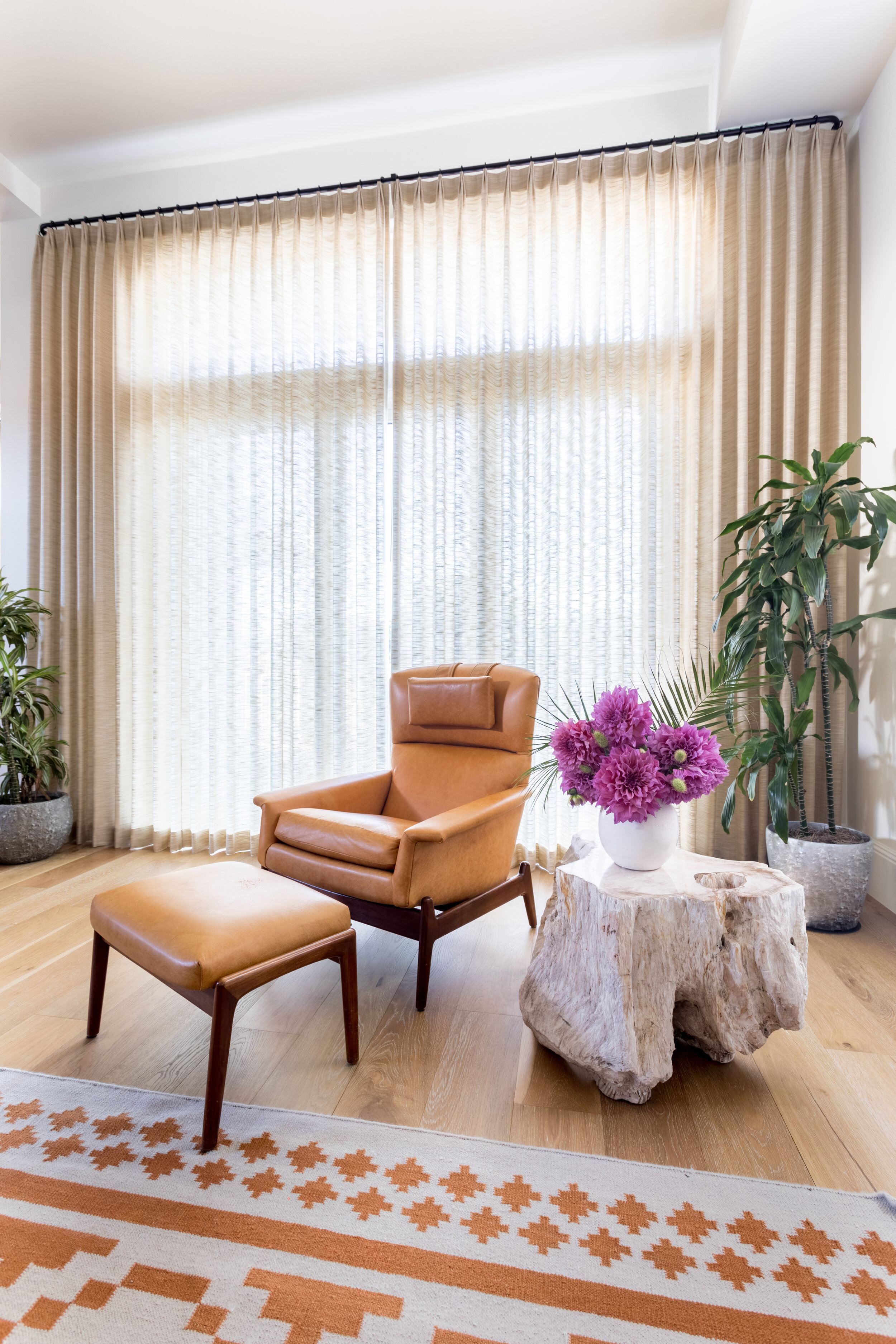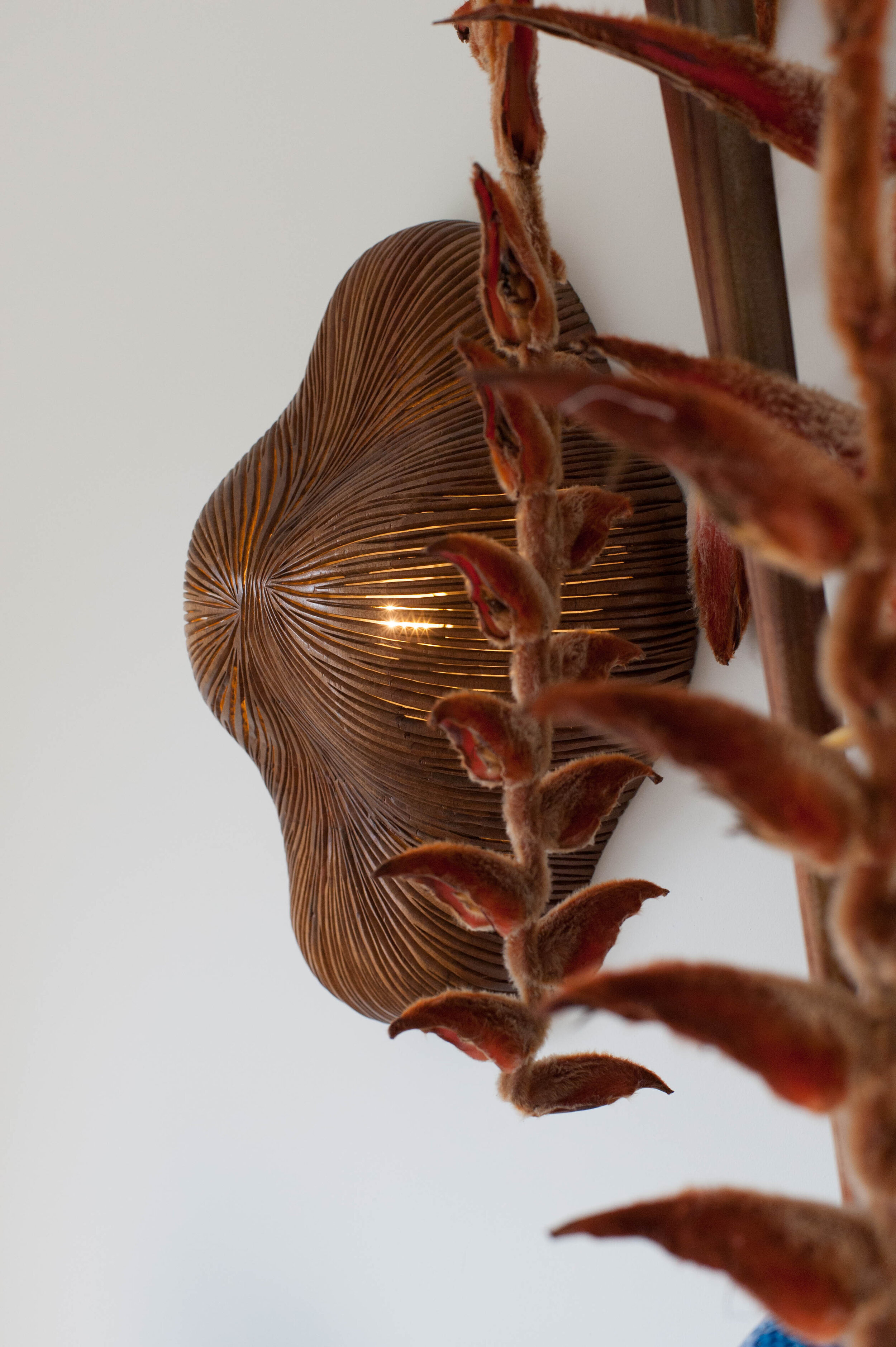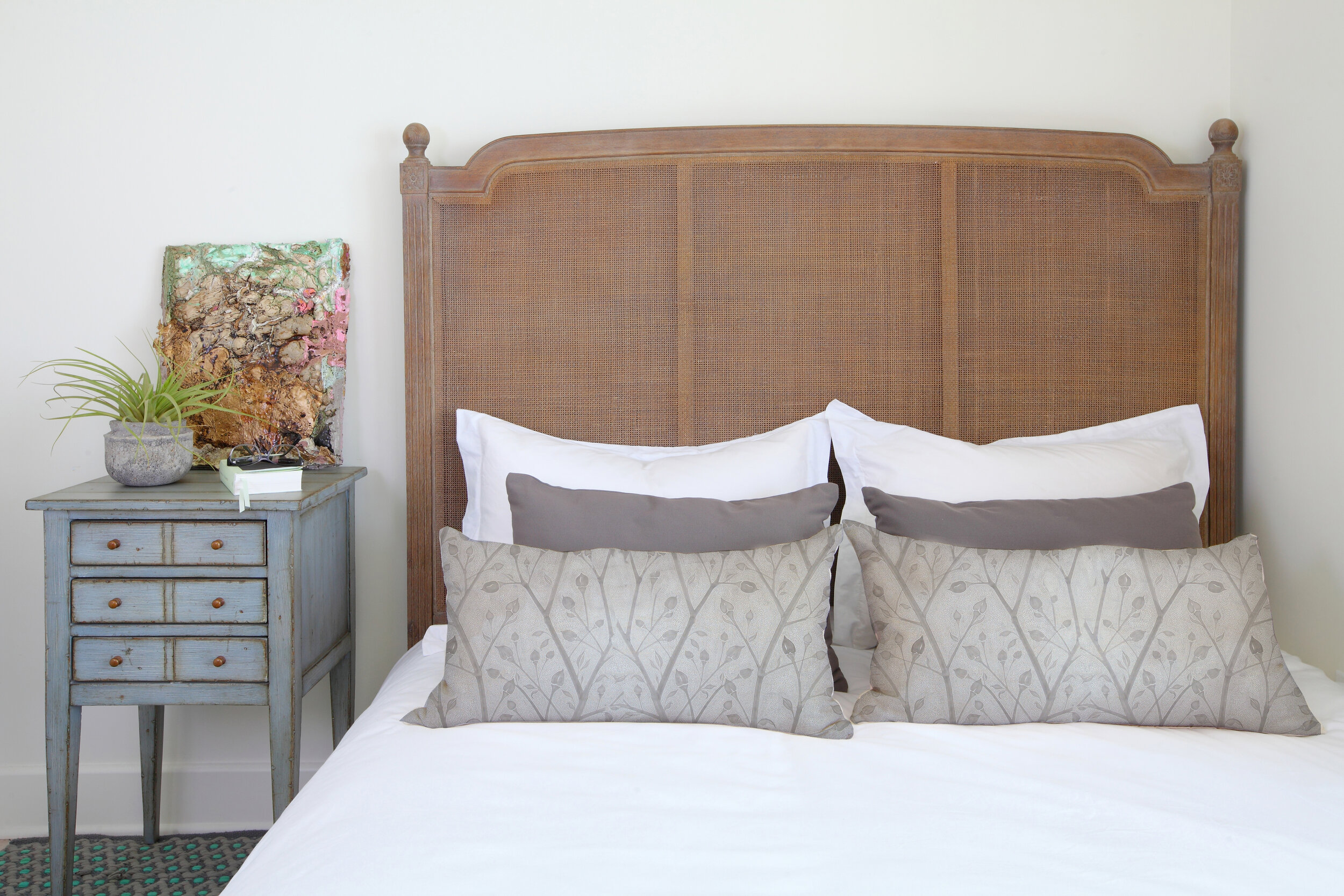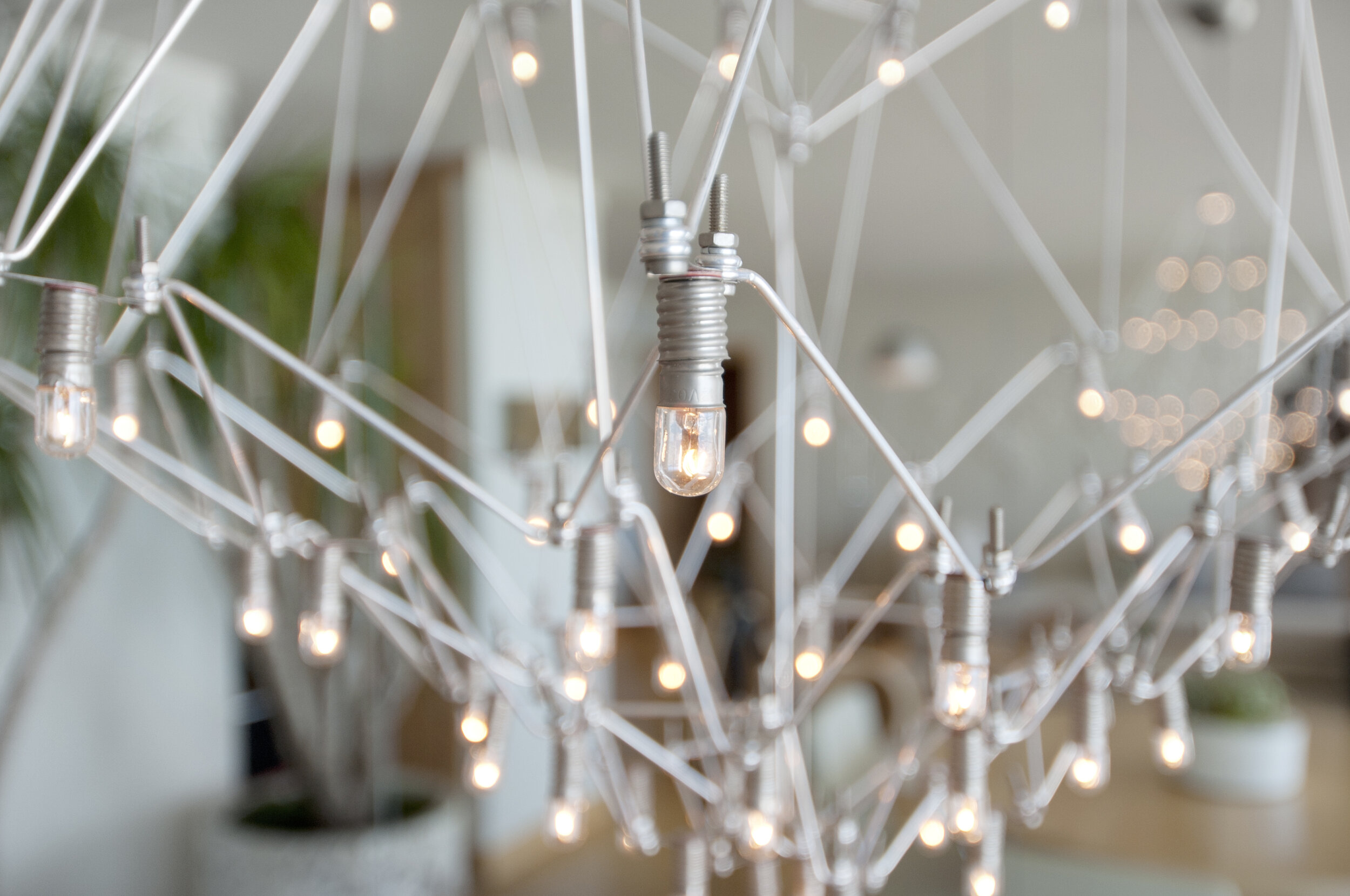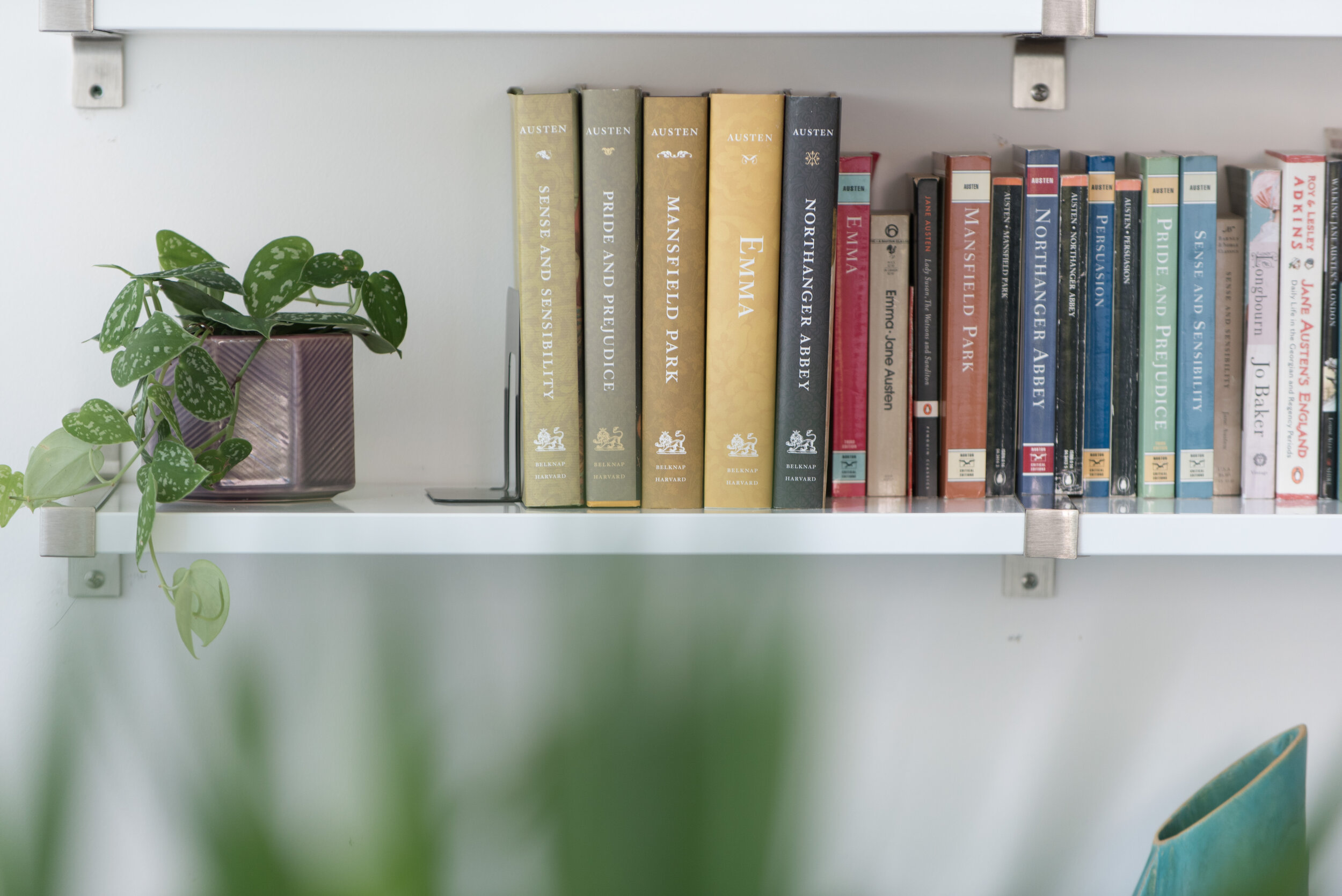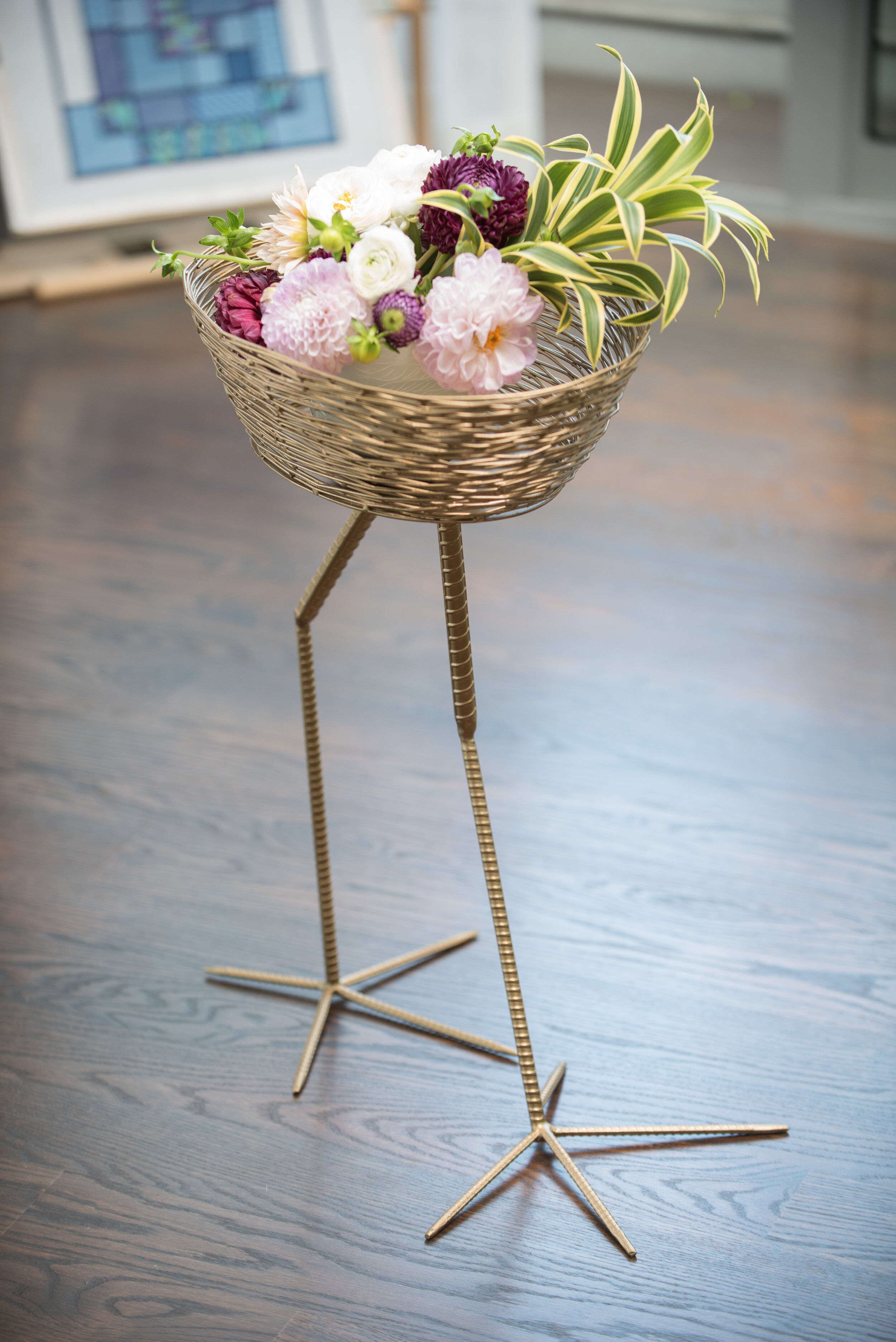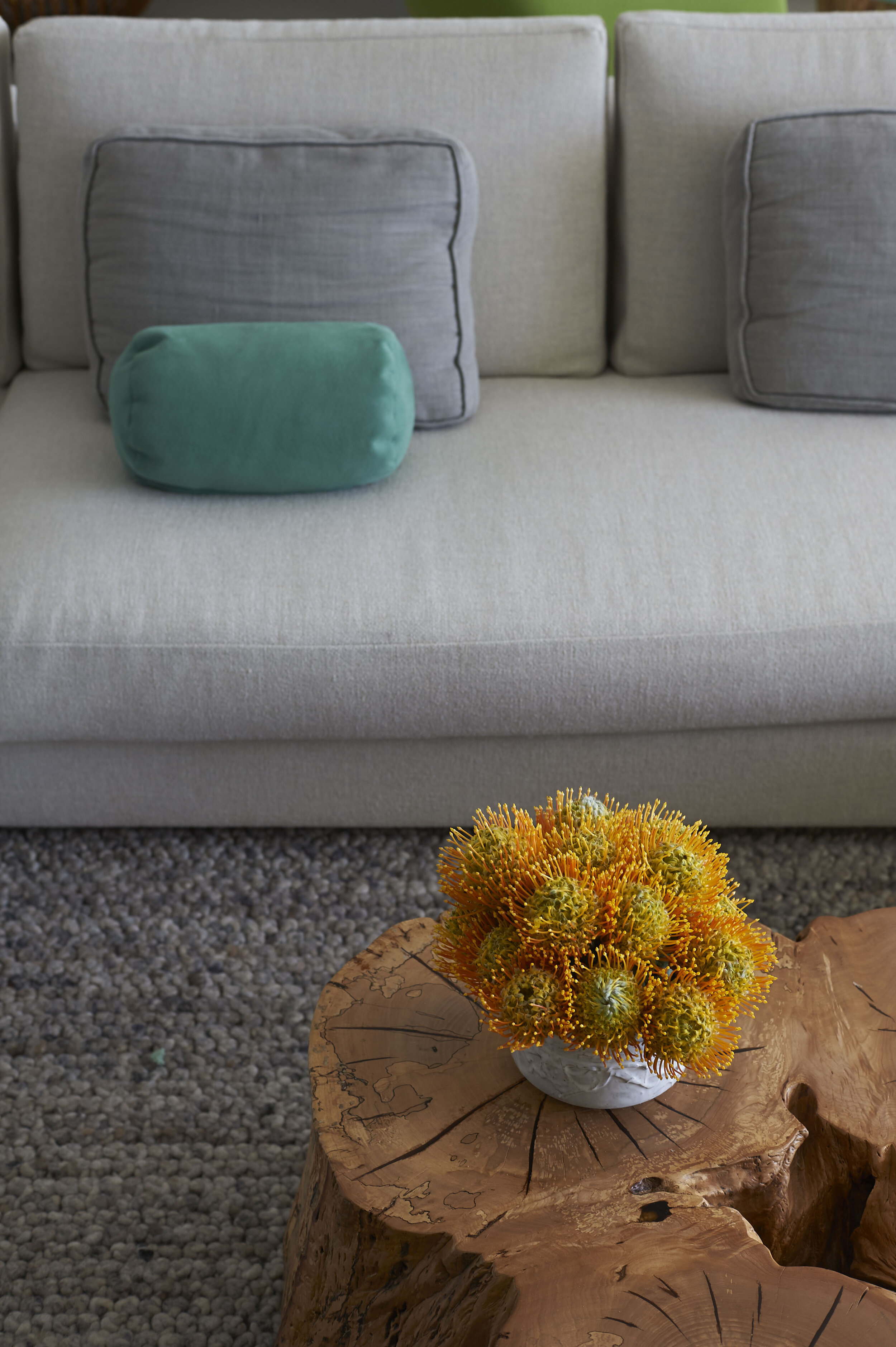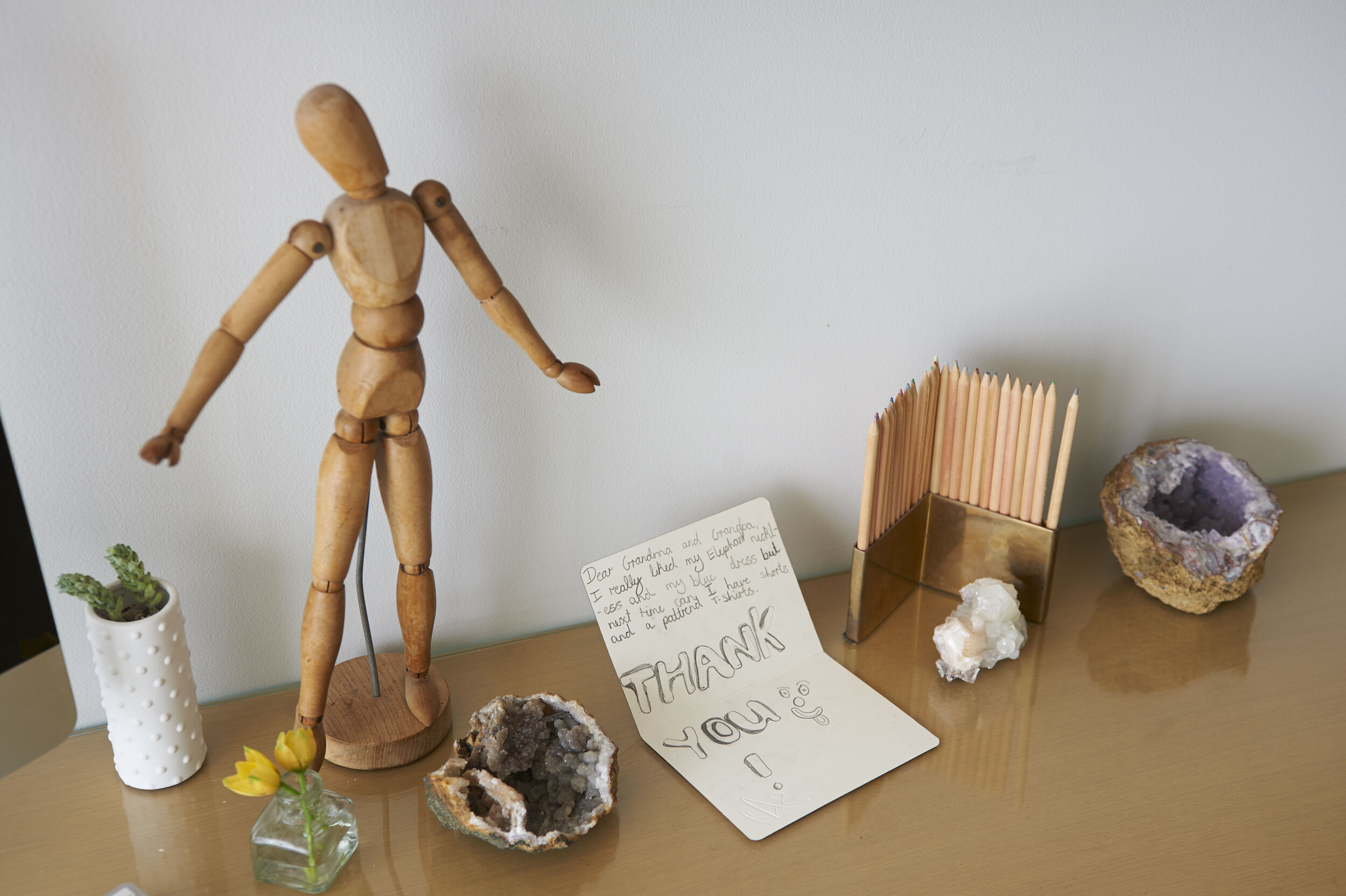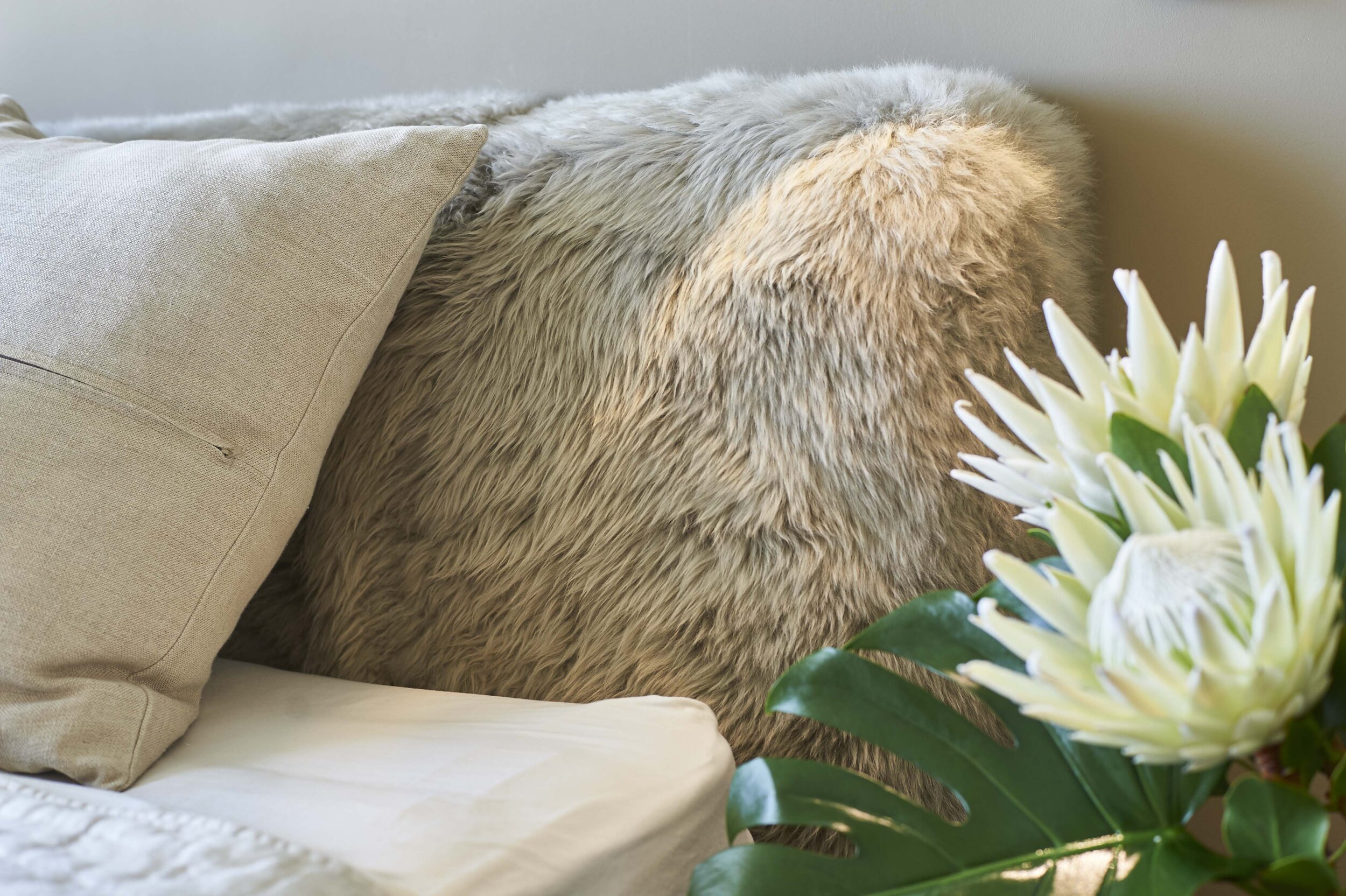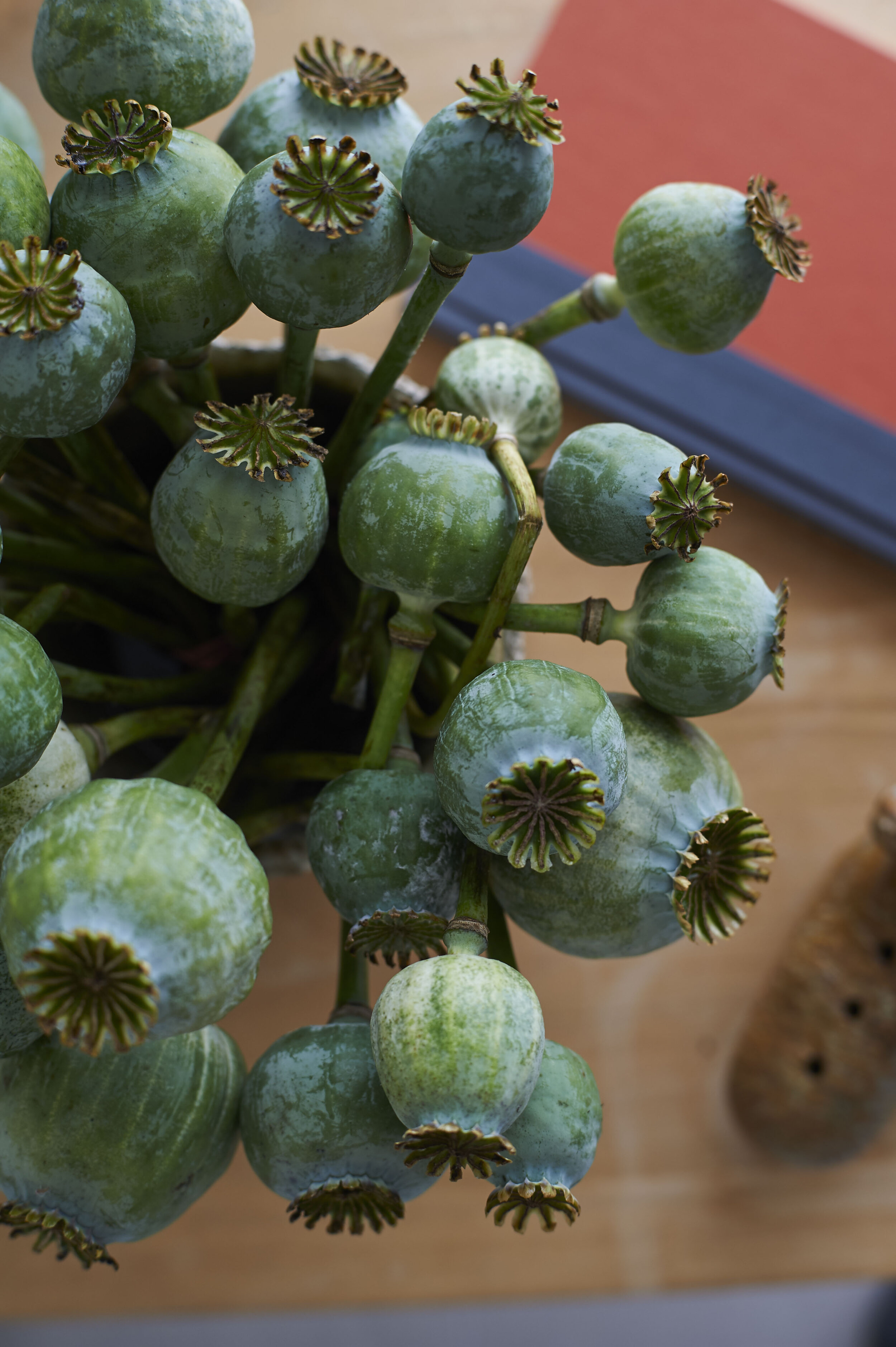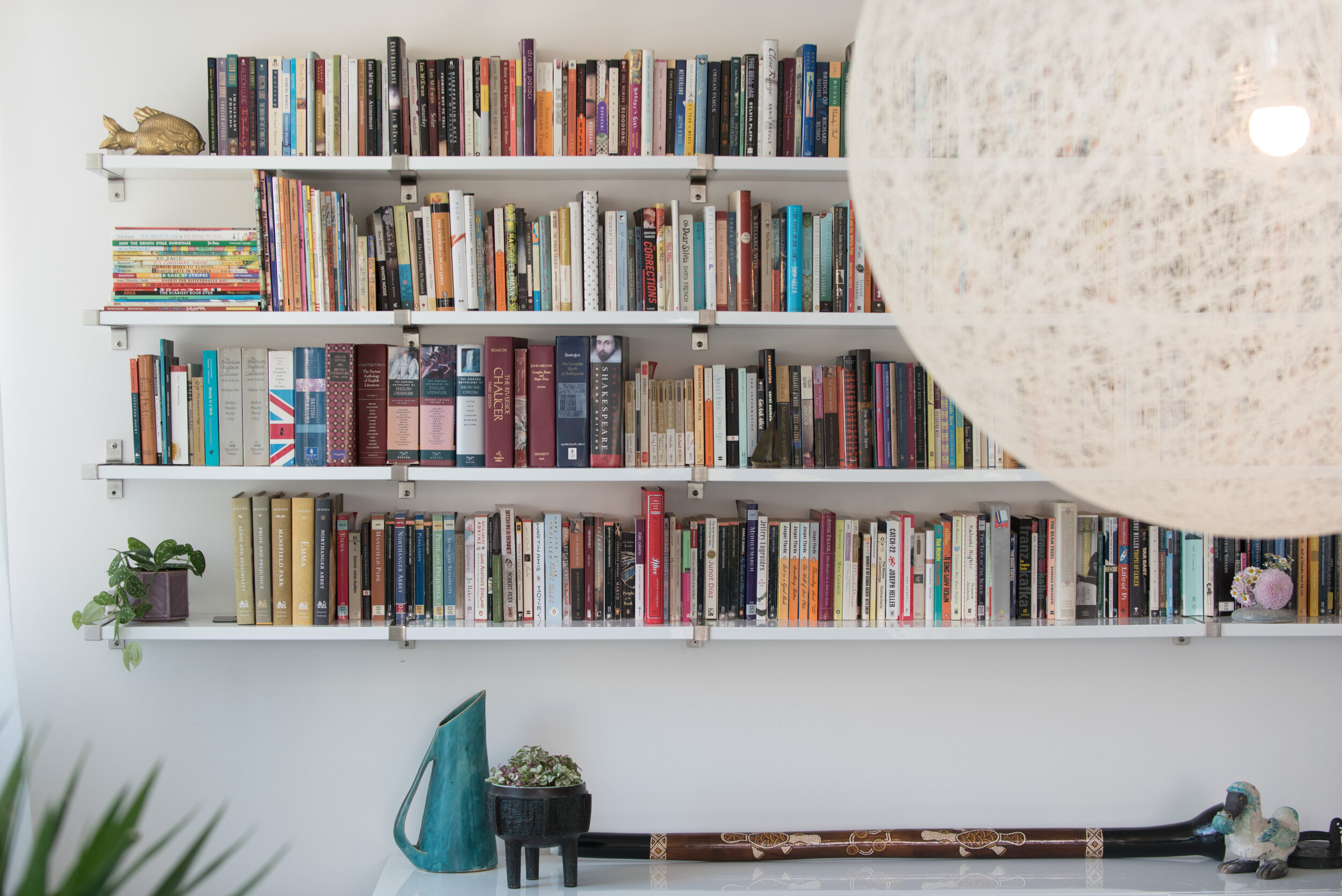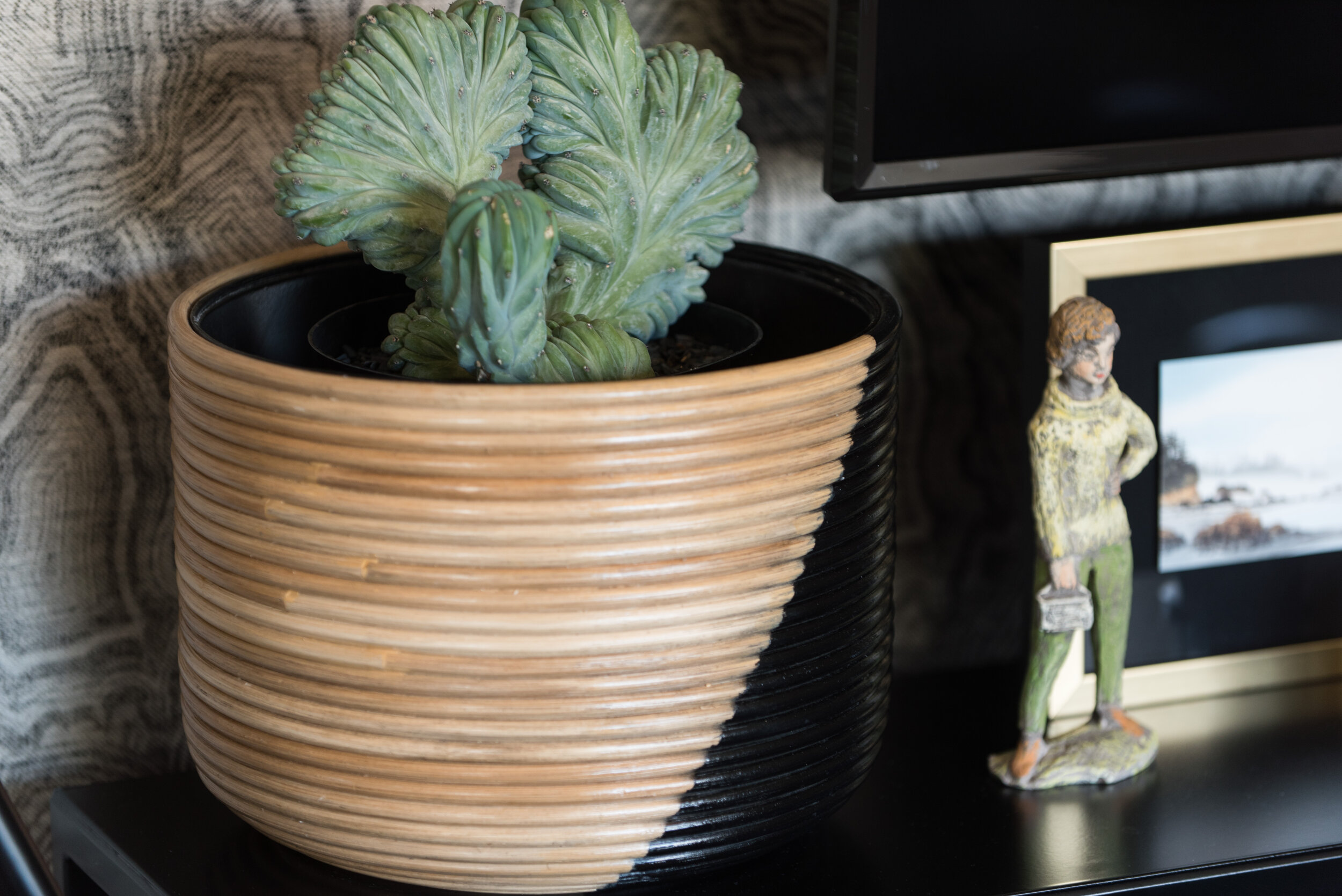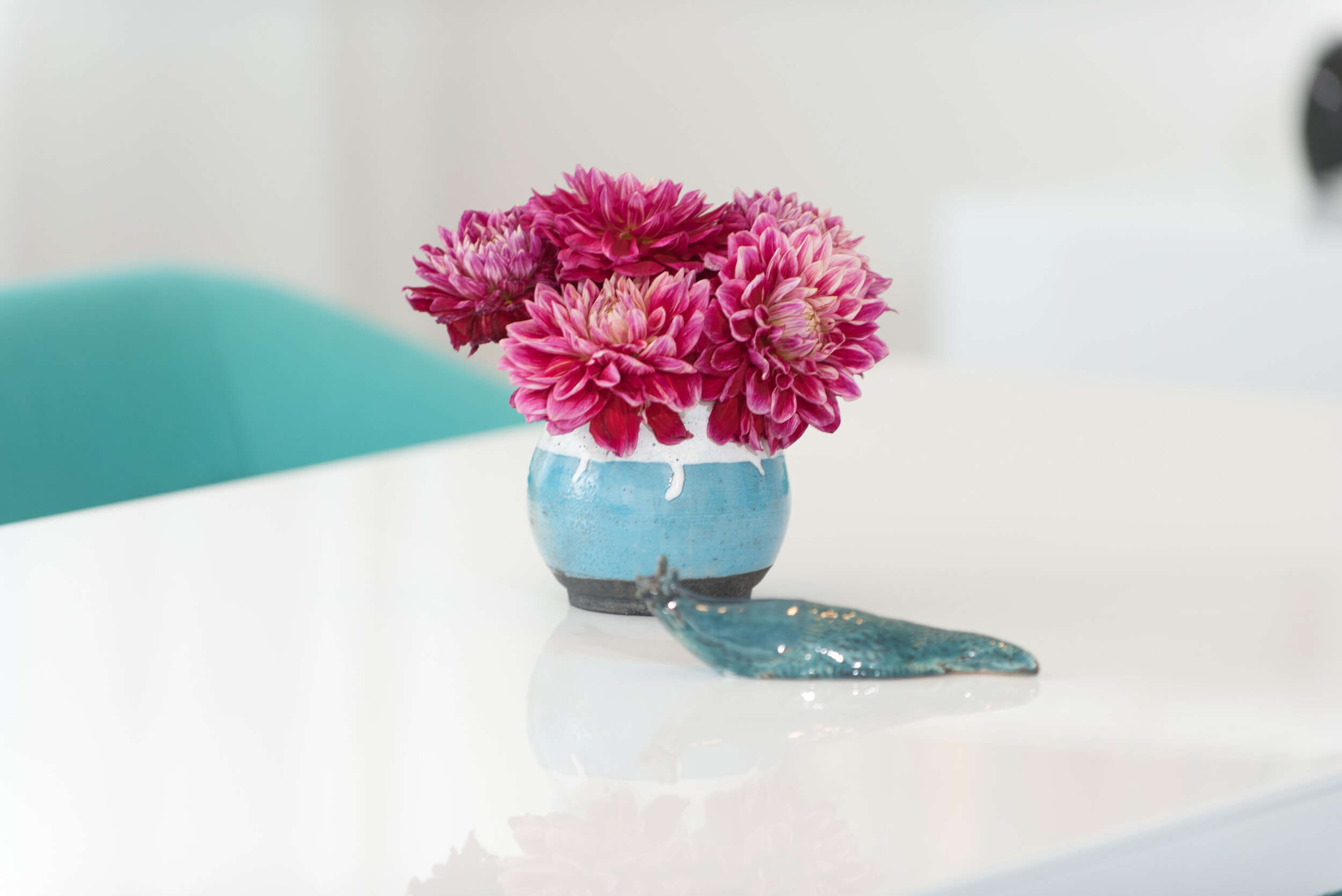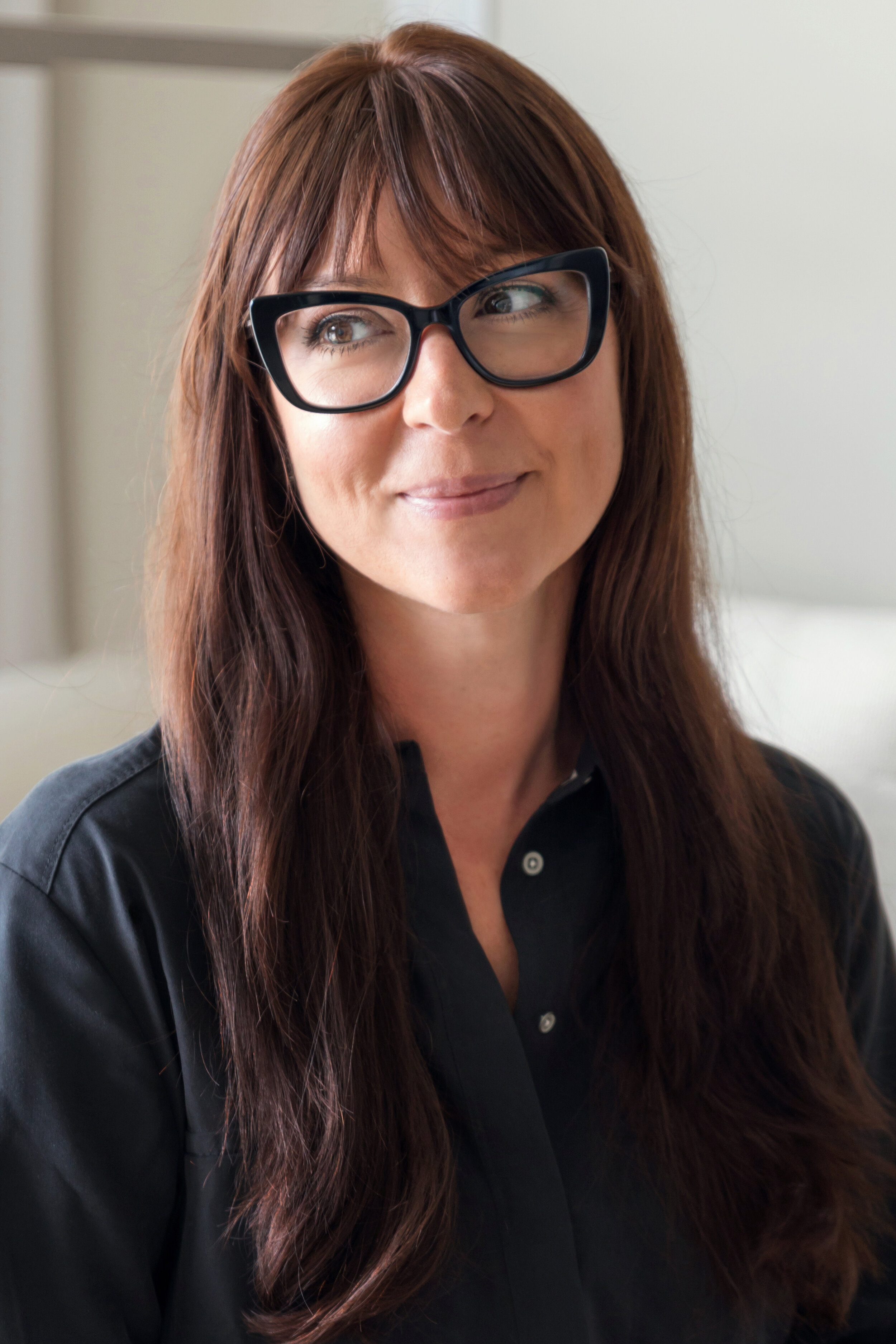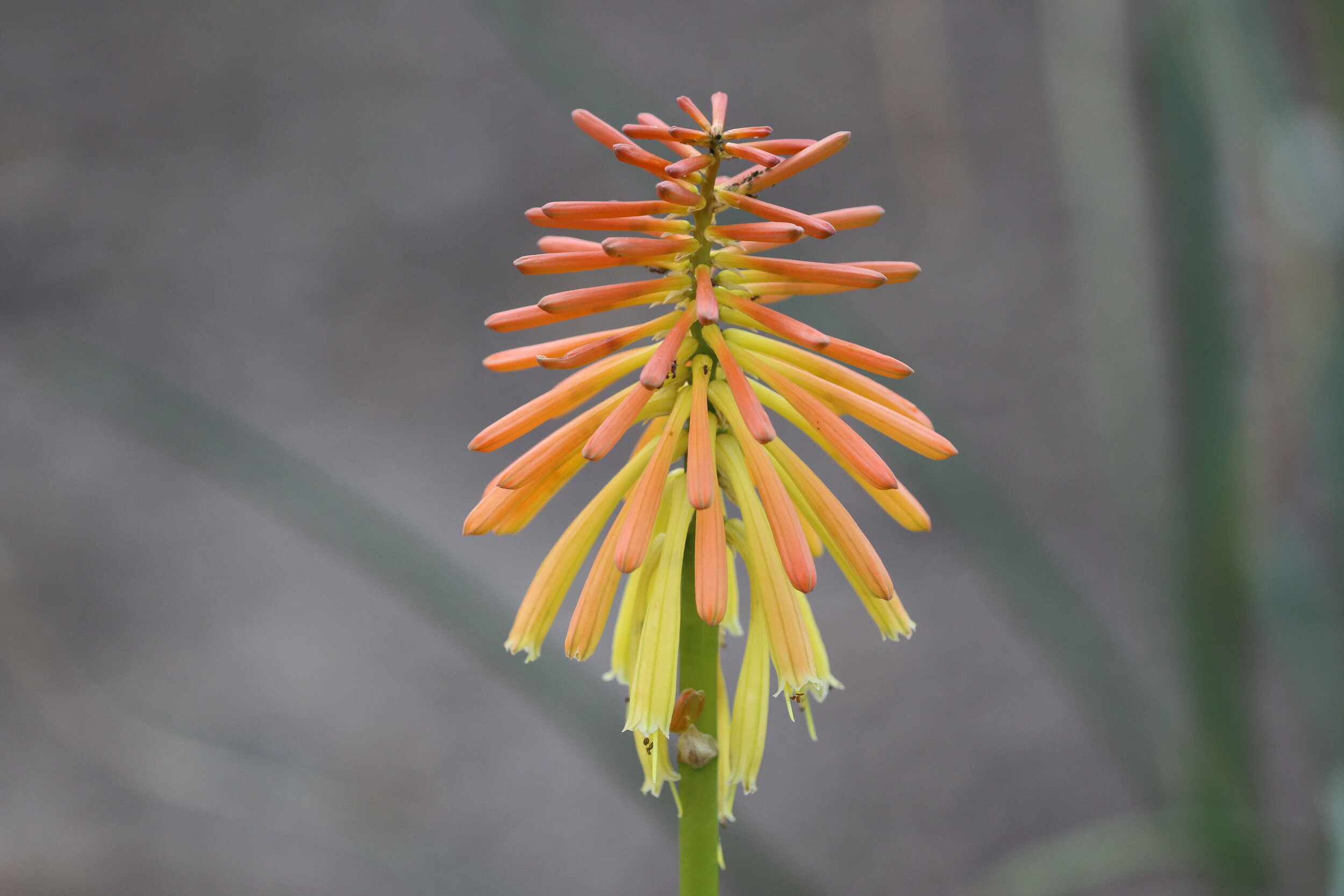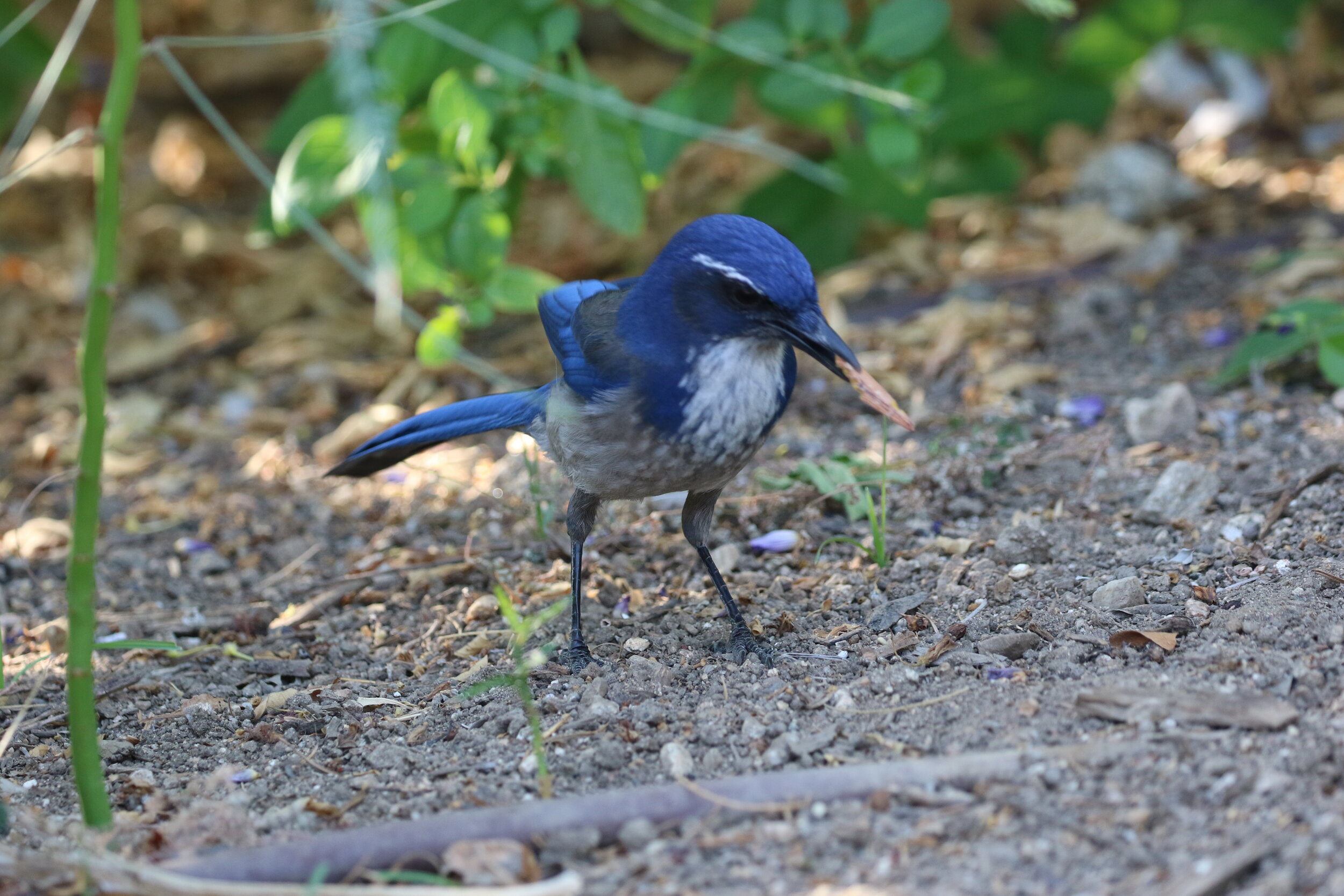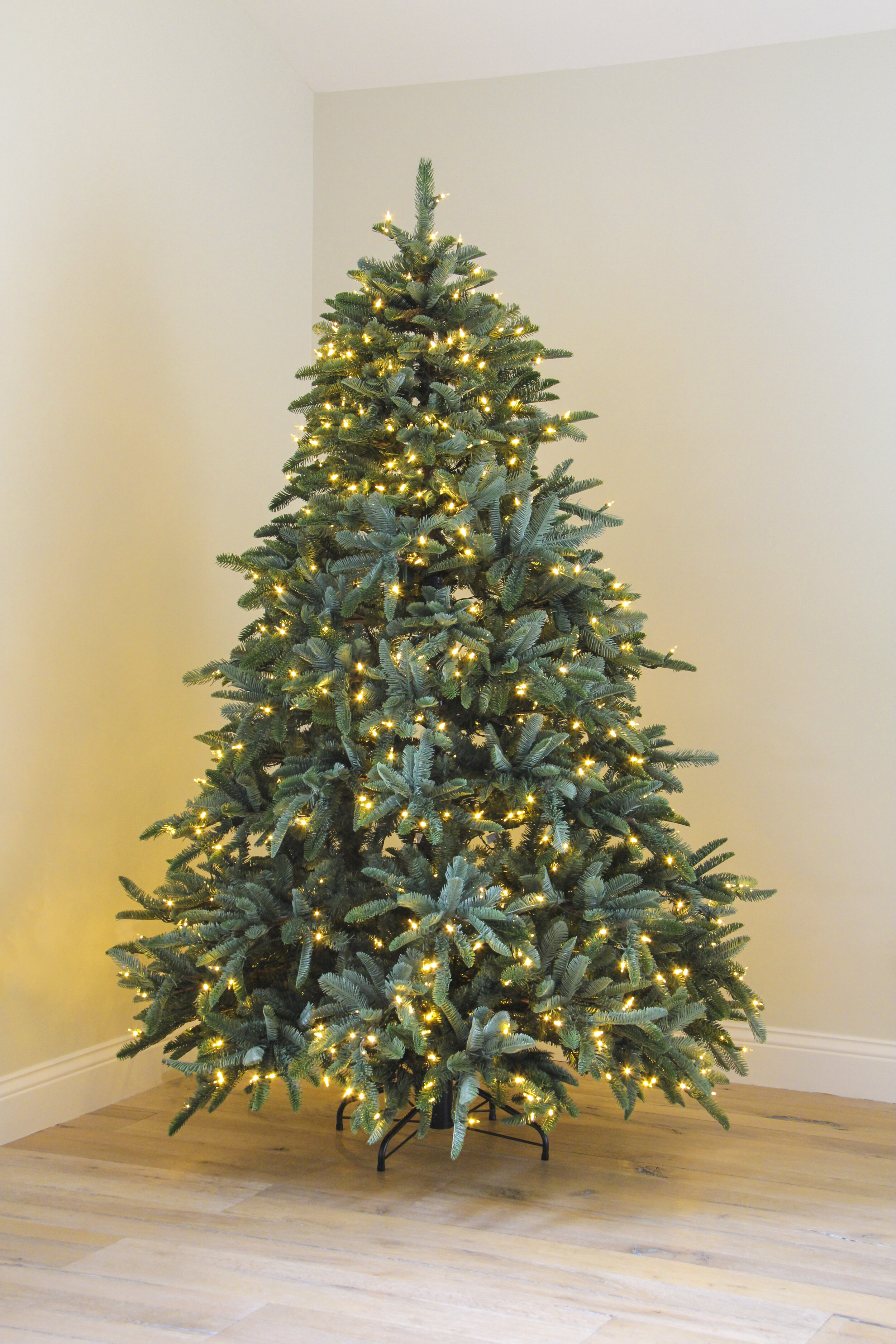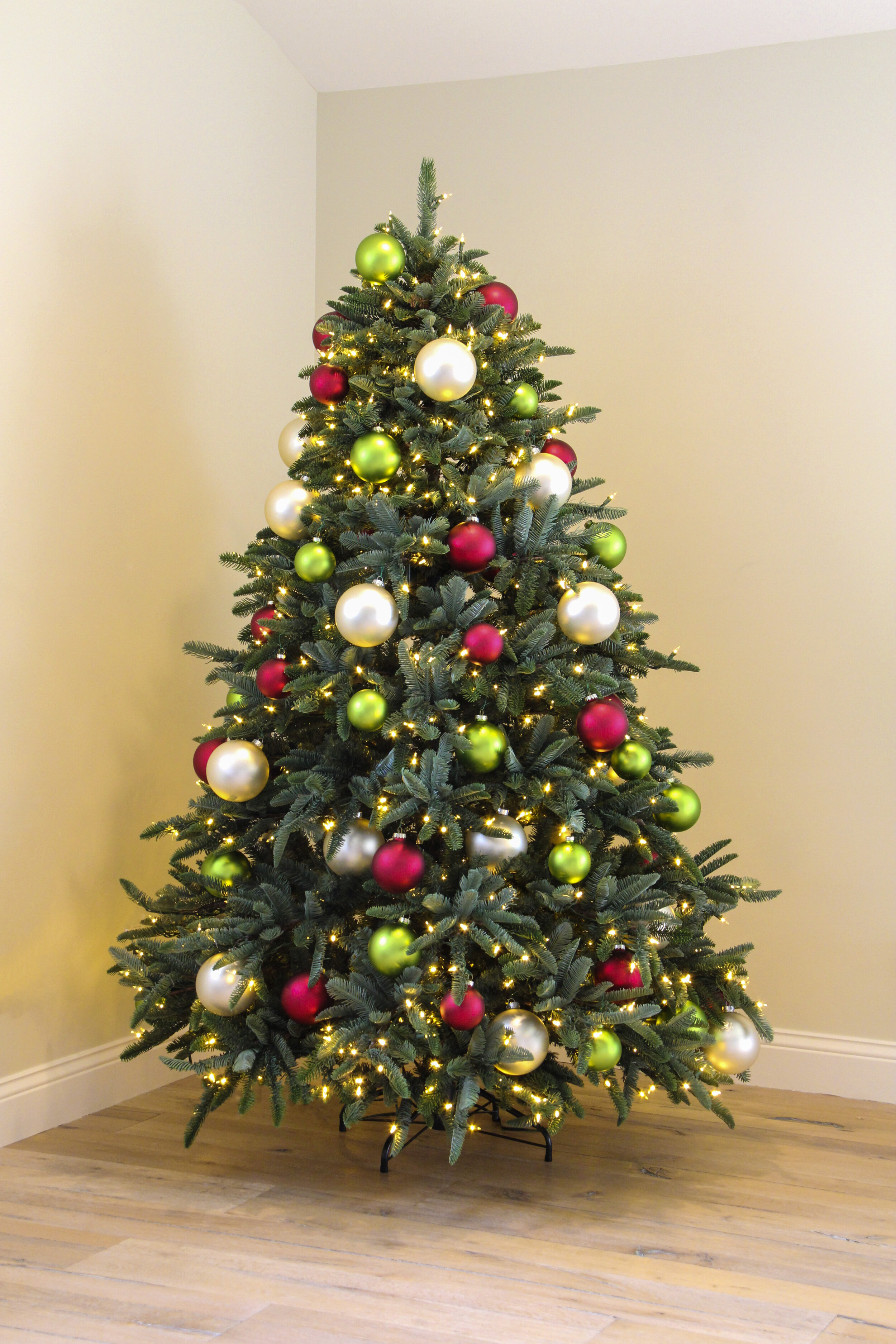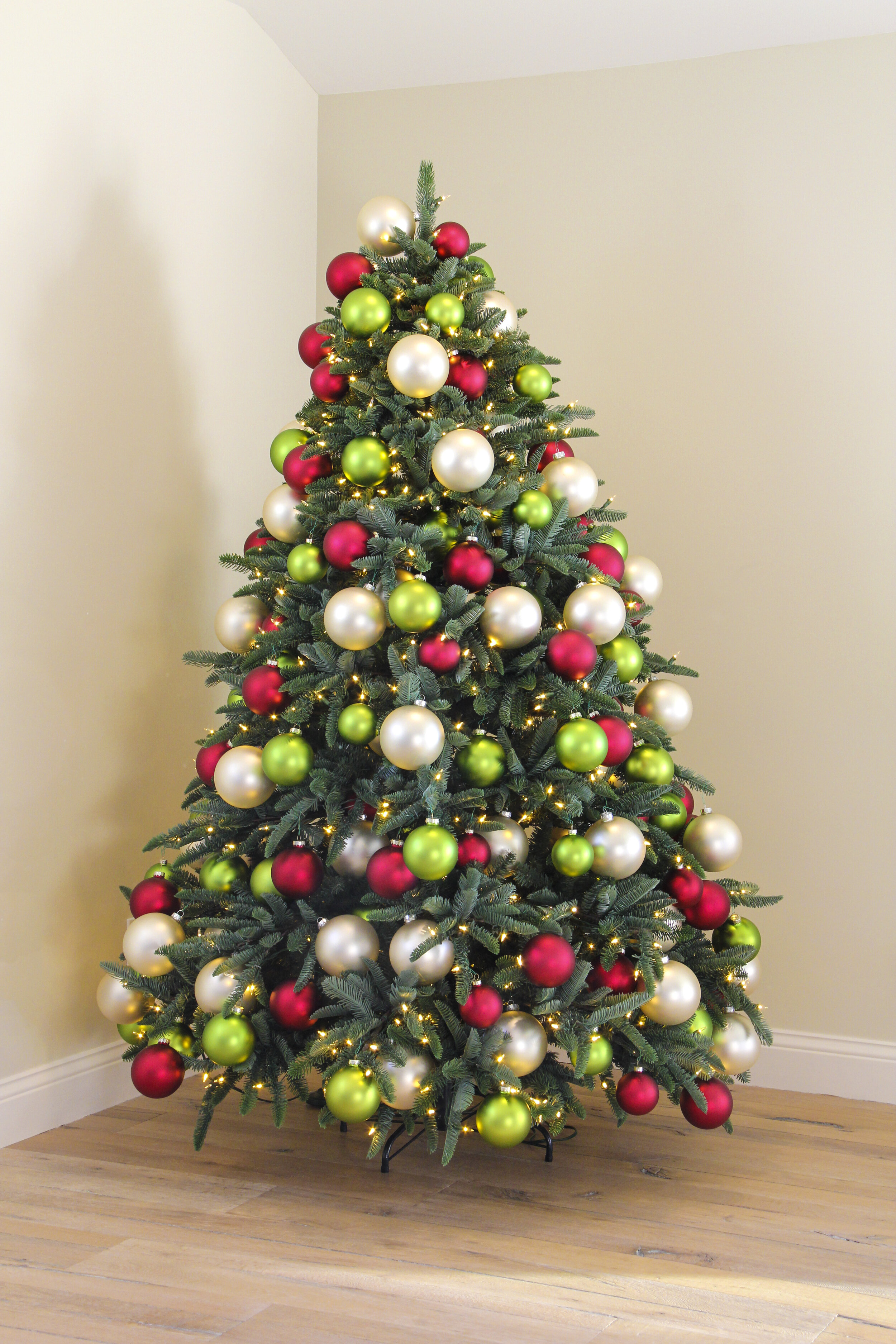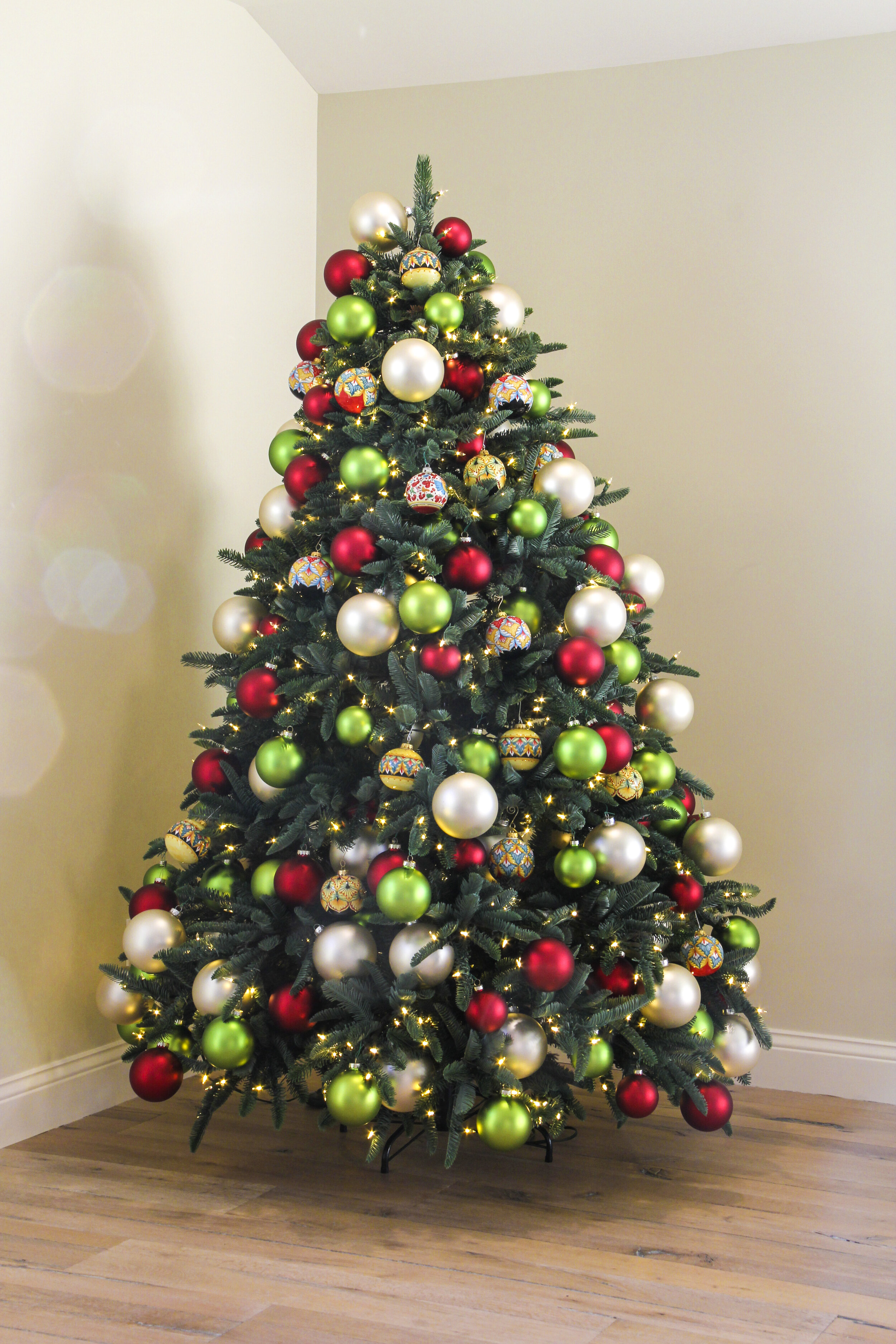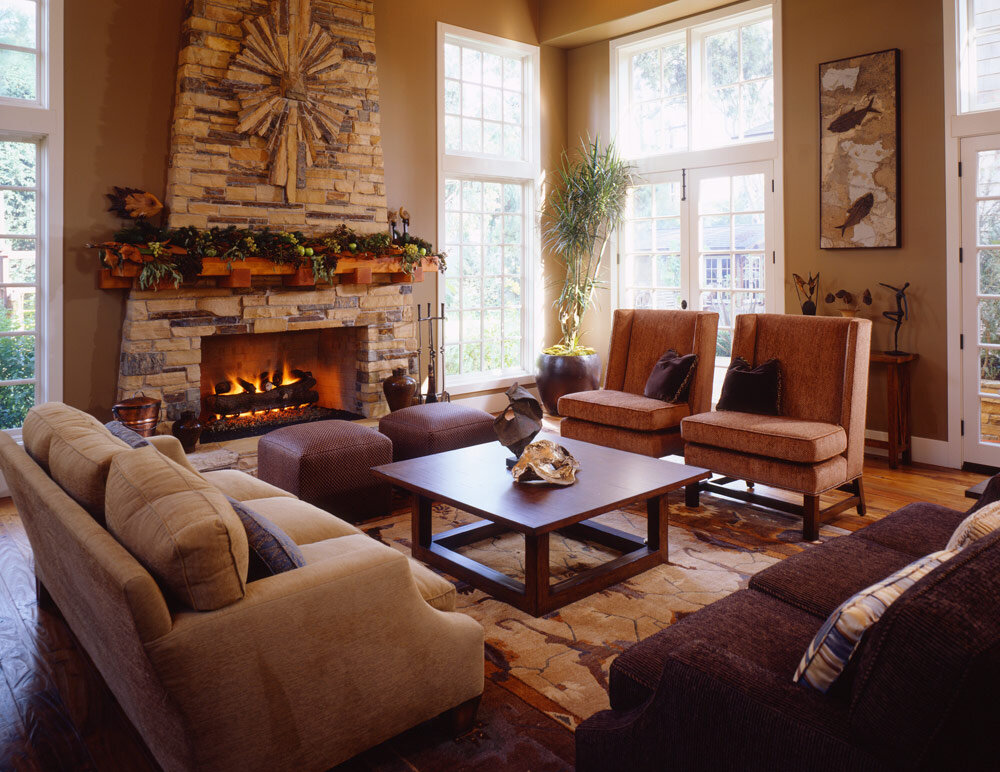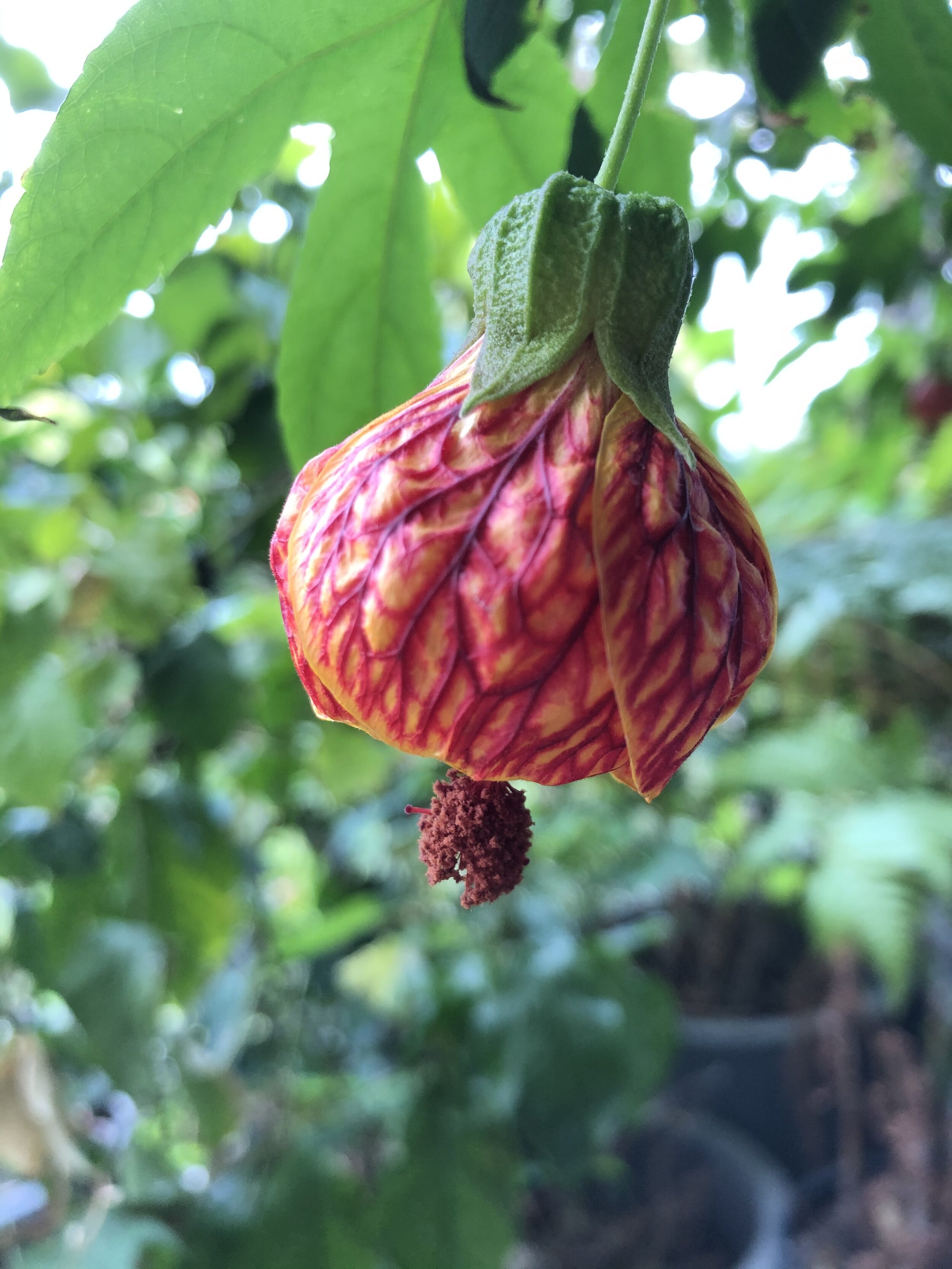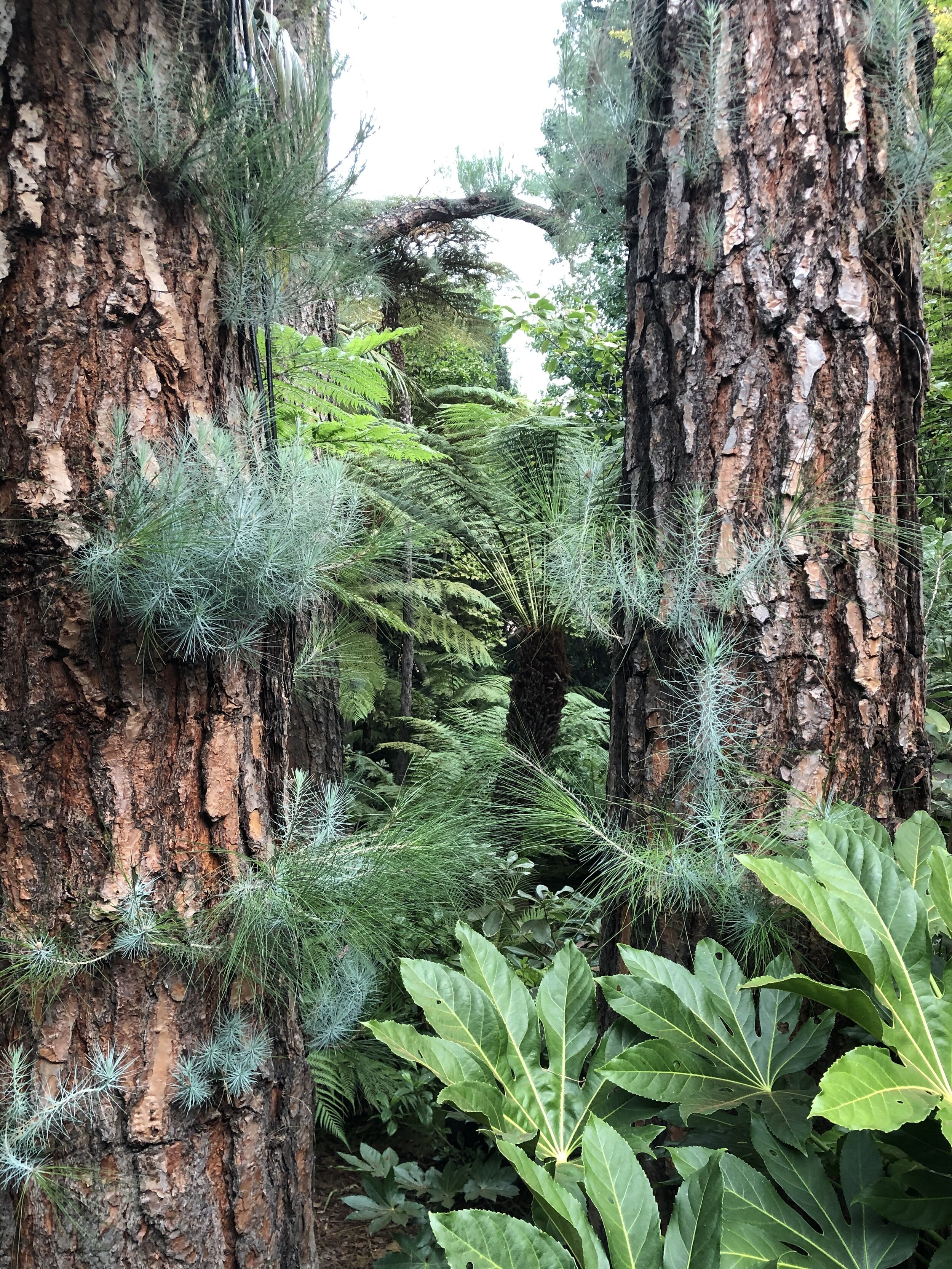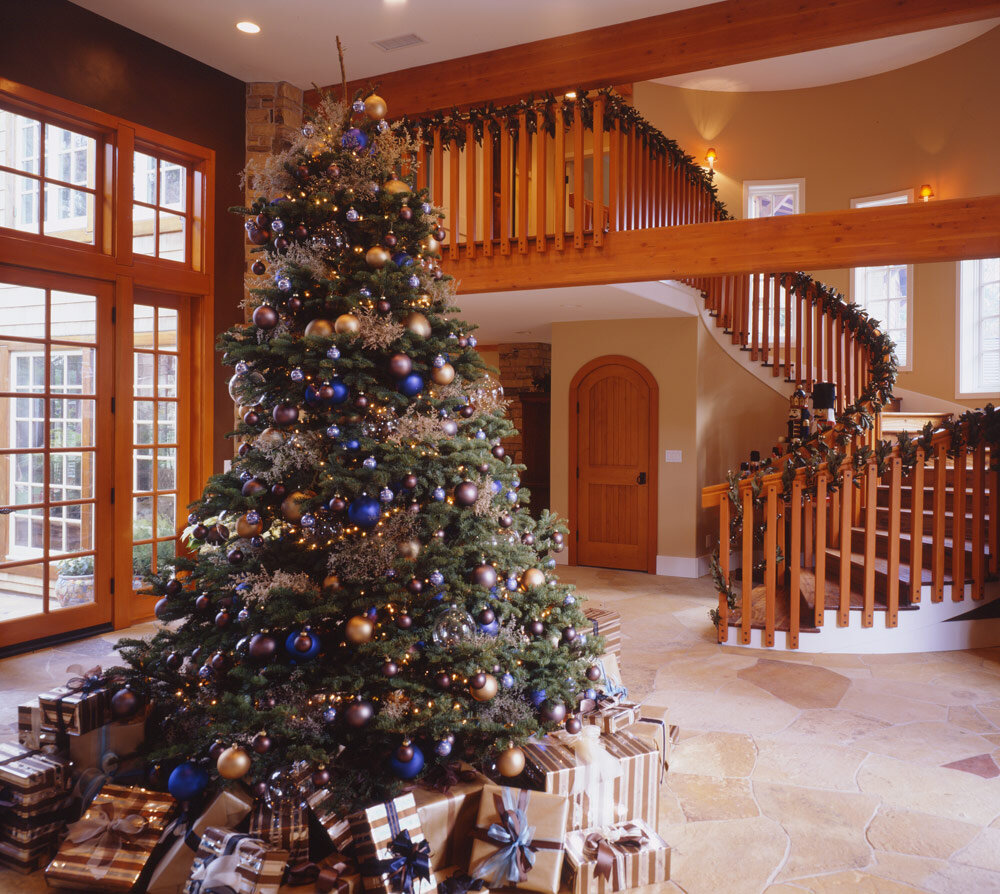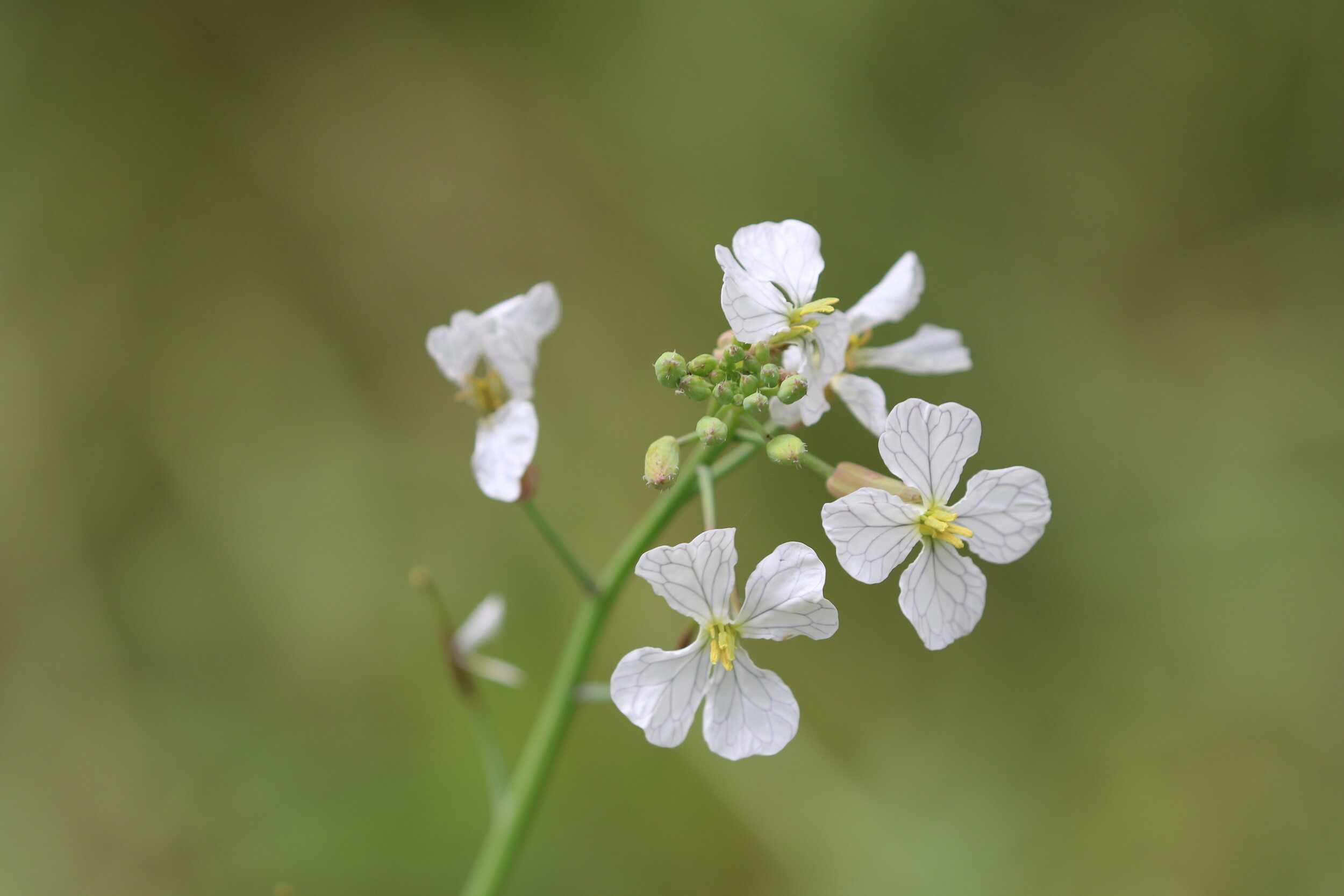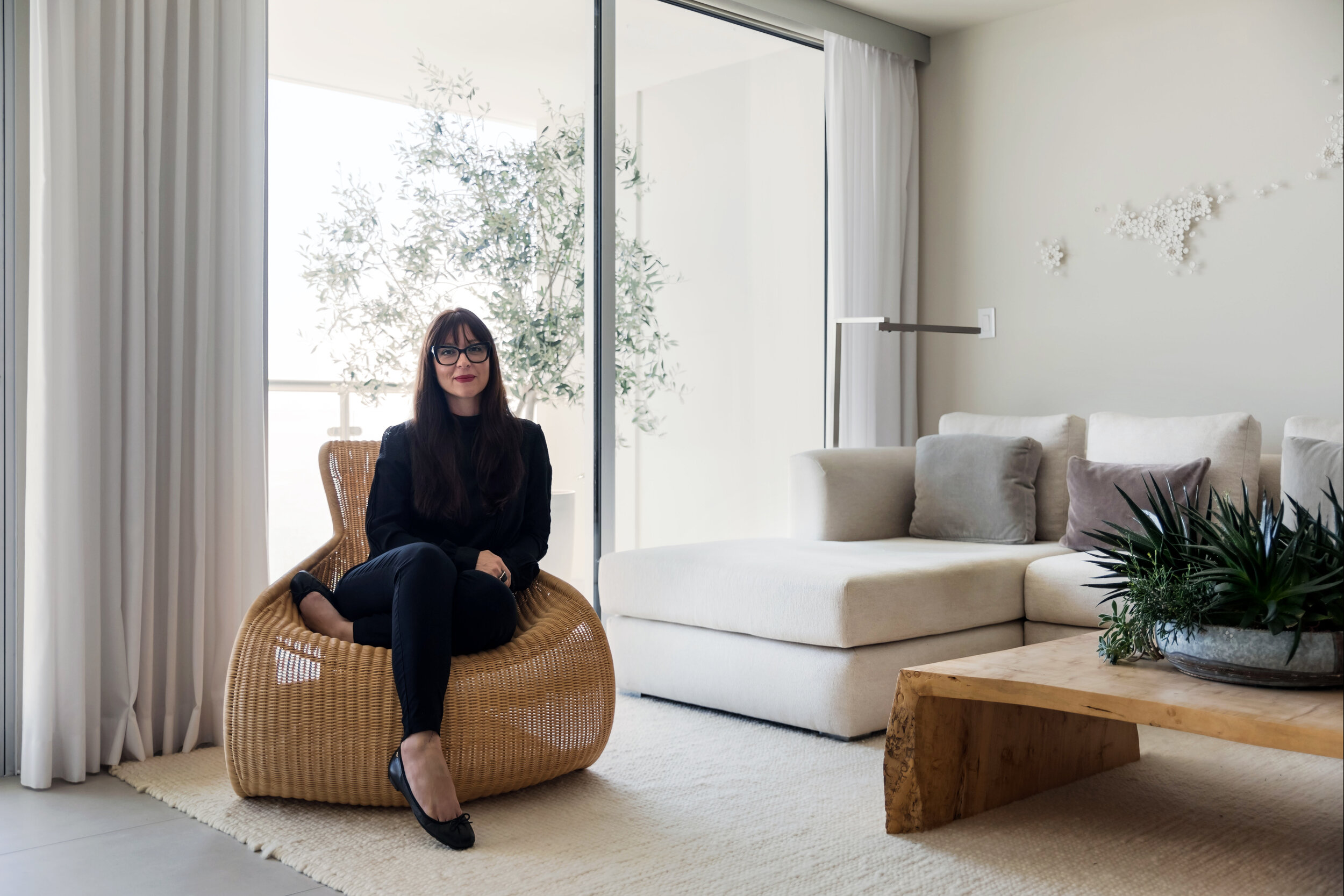In Harmony with Nature: Sustainable, Judgement-Free, Vegan Home Design
/When considering eco-friendly home design, interior and architectural designers recognize that our clients seldom seek to achieve environmental perfection but rather hope to make an increased commitment to sustainability, health, and wellbeing through home design. While there is a consensus regarding individual actions to minimize ecological harm (recycling, limiting single-use plastics, and reducing our meat and dairy intake), there are instances where it may be challenging to weigh some benefits over others. For example, is it better to ship a sustainable material from far away or use a less sustainable material sourced locally? Should recycled, upcycled or vintage leather be used if it means not replacing an item as frequently, or is it preferable to entirely avoid animal products?
Painting by Karrie Ross
With our studio's focus on wellness and sustainable home design, many of our clients ask for eco-friendly and vegan design that aligns with their values. Veganism has become increasingly popular. GlobalDate reported that between 2014 and 2017, the vegan population in the US increased by 500%. (1) An additional study by Nils-Gerrit Wunsch found that about 50% of millennials were interested in a primarily plant-based diet. (2)
Similar to vegan eating, there are many approaches to vegan home design. While some people may want zero animal products in their home, from avoiding beeswax finishes to adhesives made from animal bioproducts, many people are just beginning to consider vegan home design options. As with all our design clients, our goal with vegan clients is to understand their values, priorities, and needs and offer well-researched options that align with their ethics and design goals.
Weaving by Aneesa Shami
One of our studio's core beliefs is that one size fits one. While there are numerous positives to adopting a vegan lifestyle, there are many reasons that veganism is not entirely suitable for everyone. Acknowledging and respecting cultural practices, dietary restrictions, accessibility of food and resources and health choices, it is vital to avoid alienation and sweeping judgment. While we strive to offer vegan home design options to all of our clients, it is crucial to consider ranging beliefs and personal needs, including options that acknowledge a wide range of views.
When we do use materials such as wool or leather, our studio takes extra considerations into the sourcing and use of these materials. Researching these items enables us to make conscious selections in the options we share with our clients and offer alternatives when appropriate. We can also ensure that these products are well crafted and enduring to sustain generations of use.
We frequently work with local artisans and small businesses to create custom items directly suited to our clients' home design needs. By fostering close relationships with craftspeople, we can participate in every element of the process and ensure that we know where and how materials are sourced. Working with artisans also gives us flexibility when designing for vegan clients, making it easier to communicate and customize to avoid animal products.
Painting by Renae Barnard
In our online shop, Kale Tree, you will find our design philosophy reflected in our product options. While every product offers a vegan option, we will occasionally incorporate materials like wool, which we find offers many benefits as a natural, biodegradable, and durable home decorating material. Additionally, most of our products are highly customizable and can be tailored to our client's needs, no matter how they choose to incorporate their values into their lives.
With a non-judgmental approach, our studio hopes to reach the widest number of people, whatever their relation to vegan design, and leave the door open for vegan options and materials that a client may not have previously considered. We welcome clients to be open about their preferences to support them in creating personalized, sustainable home design for their specific lifestyles and needs.
Sarah Barnard is a WELL and LEED accredited designer and creator of environments that support mental, physical and emotional wellbeing. She creates highly personalized, restorative spaces that are deeply connected to art and the preservation of the environment. An advocate for consciousness, inclusivity, and compassion in the creative process, Sarah’s work has been recognized by Architectural Digest, Elle Décor, Real Simple, HGTV and many other publications. In 2017 Sarah was recognized as a “Ones to Watch” Scholar by the American Society of Interior Designers (ASID).
Sarah Barnard is a WELL and LEED accredited designer and creator of environments that support mental, physical and emotional wellbeing. She creates highly personalized, restorative spaces that are deeply connected to art and the preservation of the environment. An advocate for consciousness, inclusivity, and compassion in the creative process, Sarah’s work has been recognized by Architectural Digest, Elle Décor, Real Simple, HGTV and many other publications. In 2017 Sarah was recognized as a “Ones to Watch” Scholar by the American Society of Interior Designers (ASID).
2 - https://www.statista.com/statistics/875526/share-alternative-diet-us-generation/


